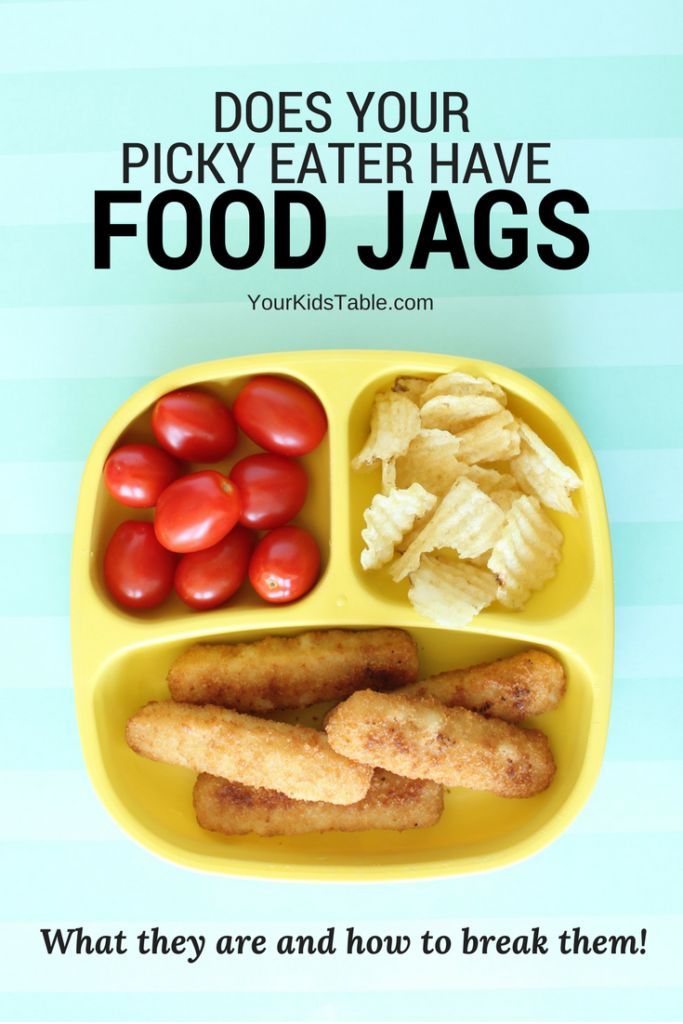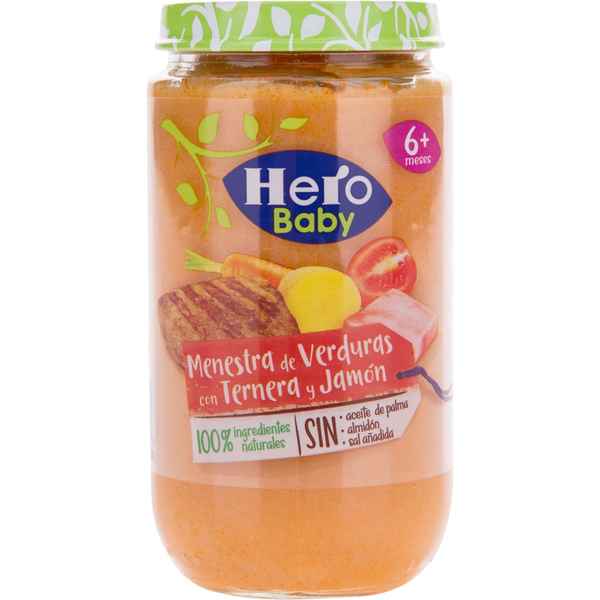Food aversion baby
Feeding Aversion - Why your baby is refusing bottles, breast or solids – Baby Care Advice
When we imagine what it should look like to feed a baby, we picture a scene of a hungry baby, gently cradled in our arms, who serenely gazes towards us as he contently feeds, peacefully stopping when satisfied. This is in stark contrast to the way in which babies who develop an aversion to feeding or eating behave. The scene is one of a screaming, hungry baby who acts like you're trying to poison him when you offer him a bottle of milk, breastfeed, or solid foods.
What is a feeding aversion?An aversion is the avoidance of a thing or situation because it is psychologically linked with an unpleasant, stressful, frightening, or painful experience. Basically, it’s fear that is displayed in anticipation of something bad happening again. A ‘feeding phobia’ and ‘feeding strike’ are other terms that may be used to describe a feeding aversion.
A feeding aversion refers to a situation where a physically well baby, repeatedly exhibits partial or full feeding refusal despite obvious hunger. A feeding-averse baby has a history that demonstrates he’s capable of feeding but for reasons yet to be identified and corrected, he refuses to feed or eats very little.
Babies as young as 7 weeks of age can develop an aversion to breastfeeding or bottle-feeding. Older babies can become averse to eating solids. Not just certain foods but the experience of eating solids. A baby could become averse to one, two, or all three feeding methods.
Feeding aversion signs and symptoms:A baby might display one or more of the following behaviors:
- Skips feedings or meals without distress.
- Appears hungry but refuses to eat.
- Fusses or cries when a bib is placed around his neck, or when placed into a feeding position, or when the bottle is offered or shown.
- Clamps his mouth shut or cries and turns his head away from the breast, bottle, spoon, or food.
- Takes a few sips or a small portion of the milk or food offered but then pulls away or arches back in a tense manner or cries.
 (NOTE: Babies back arch to distance themselves. Back arching does not provide evidence of acid reflux.)
(NOTE: Babies back arch to distance themselves. Back arching does not provide evidence of acid reflux.) - Feeds only while drowsy or asleep.
- Consumes less milk or food than expected.
- Refuses milk but eats solids.
- Displays poor or slow growth. May be diagnosed as 'failure to thrive'.
The type and intensity of behavior vary between babies. At one end of the spectrum, a baby might simply refuse to eat a particular food owing to a bad experience while eating that food. At the other end, a baby might display almost complete food refusal, eating very little, and require a feeding tube to ensure that he receives sufficient nourishment for healthy growth.
Feeding is not something that a baby can avoid entirely. A feeding-averse baby will reluctantly eat enough to survive but not voluntarily eat enough to thrive. Once averse to feeding a baby will try to ignore his hunger cues for as long as possible. Only willingly, but cautiously, eating when ravenous.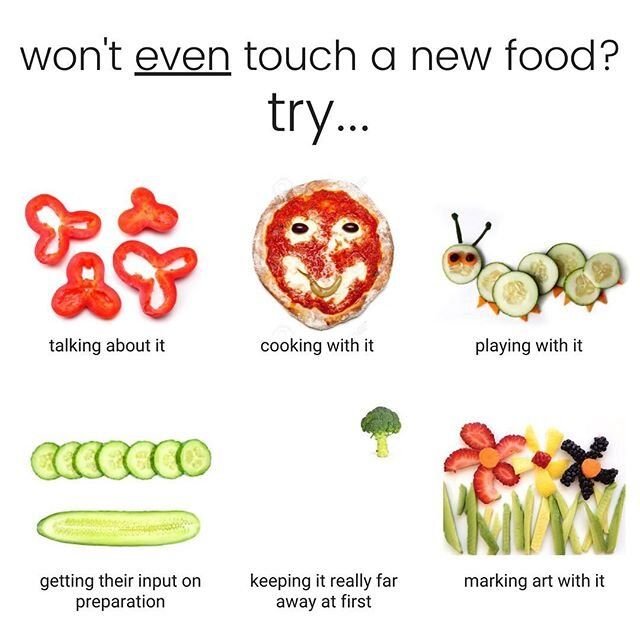 Then eating quickly in fear of a repeat occurrence of whatever it is causing his fears. Eating just enough to soothe pangs of hunger, but not enough to feel completely satisfied.
Then eating quickly in fear of a repeat occurrence of whatever it is causing his fears. Eating just enough to soothe pangs of hunger, but not enough to feel completely satisfied.
A few behaviors displayed by some, but not all, feeding-averse babies require special mention due to the confusion they cause. These include:
- Conflicted feeding behavior
- Sleep-feeding
- Accepts water from a bottle
Many feeding-averse babies display conflicted feeding behavior - where the baby takes a few sucks, sharply turns away or arches back in a tense manner, possibly cries, quickly returns and wants to suck again, takes a few sucks, turns away or arches back, cries, and returns to feeding and so on. This disjointed feeding behavior is often interpreted by parents and others as an indication that the baby is experiencing pain, especially if he is intermittently crying, but it’s not necessarily due to pain. Babies who have become averse to feeding will behave in this tense or distressed manner regardless of the cause.
Feeding-averse babies often feed better or well when drowsy or during light sleep. When drowsy or asleep, a baby is not fully aware that he is being fed, and therefore he’s not on edge in anticipation of whatever it is that is causing him to fear feeding. In a drowsy or sleepy state, a hungry baby’s guard is down, instincts kick in, and he feeds well. A feeding-averse baby may refuse and fight feedings while awake but could complete a full feed without resistance when drowsy or asleep. (See other reasons for sleep-feeding.)
Accepting water from a bottleA small percentage of feeding-averse babies willingly accept water from a bottle but not milk. This causes parents to believe it’s the taste of the milk that baby objects to, which could be the case, but not necessarily so. It can be because the baby associates the taste of the milk with an unpleasant or stressful experience, for example, being pressured to feed.
Parents often pressure their baby to drink milk from a bottle but seldom pressure their baby to take water from the bottle. Babies are smarter than we give them credit for. They learn to link the taste of the milk with being pressured and therefore react as soon as they taste the milk.
Why babies become averse to feedingA baby could develop an aversion to feeding if an event occurring directly before, after, or while he is feeding triggers negative emotional responses, such as stress, pain, fear, or disgust. Several scenarios could potentially trigger such emotions. For example:
StressIf a baby is pressured or forced to feed against his will, this makes for an annoying, frustrating, or stressful experience depending on the feeding strategies parents employ, and how long they persist.
Being repeatedly pressured to feed against their will is without exception THE most common reason for babies to develop an aversion to feeding and then not want to eat.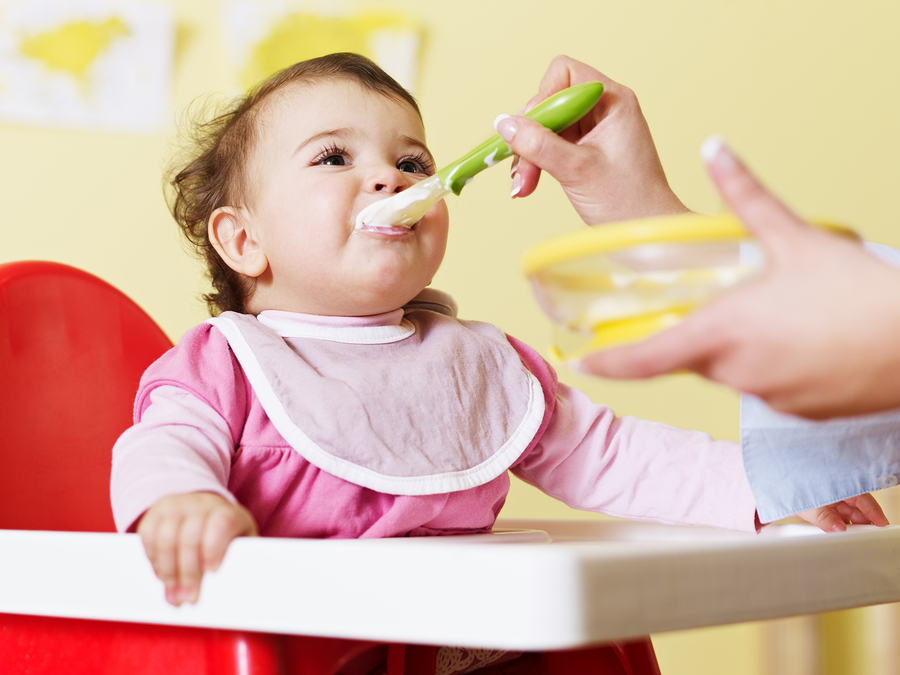 In most cases, it's the original and only cause of a baby's feeding aversion. However, in around 10 percent of cases, it's a secondary cause that develops after the baby's initial feeding refusal due to one or more of the reasons that follow.
In most cases, it's the original and only cause of a baby's feeding aversion. However, in around 10 percent of cases, it's a secondary cause that develops after the baby's initial feeding refusal due to one or more of the reasons that follow.
Sucking could be painful if a baby has mouth ulcers, and swallowing could be painful if a baby is suffering from esophagitis caused by acid reflux, or milk protein allergy. Chronic constipation or gastroparesis (delayed emptying of the stomach) could also cause a baby to associate eating with discomfort.
When a baby refuses to feed due to discomfort or pain, the parent might then pressure their baby by employing subtle or obvious forms of pressure to make him eat. This adds to the baby’s distress. The baby now has two reasons to want to avoid feeding – pain and the stress associated with being pressured to eat. It’s often the stress associated with being repeatedly pressured to feed that continues to reinforce the baby’s avoidant feeding behavior long after medications or dietary changes have removed pain from the feeding experience.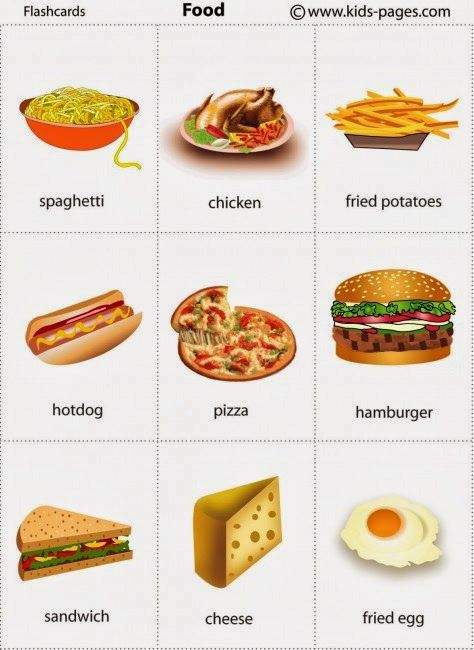
Medical procedures involving the baby's face or mouth, like nasal or oral suctioning, insertion of an NG (nasogastric) feeding tube, or intubation can be frightening, painful, and stressful.
Aspirating fluids or choking on solids would make for a frightening experience. A baby could aspirate owing to dysphagia (an uncoordinated sucking-swallowing pattern) or due to moderate or severe laryngomalacia (floppy vocal cords), or because the flow rate from the nipple of a bottle or breast is too fast, or due to poor head or bottle positioning negatively impacting on the baby’s latch, suction, and sucking and swallowing coordination, or when the parent persists in trying to make their baby eat while he is crying in distress.
Disgust at taste of milk or medicinesBeing forced to take foul-tasting medicines or milk (which can be the case for hypoallergenic formula or if a mother produces high levels of lipase in her breastmilk) could cause the baby to develop an aversion to feeding.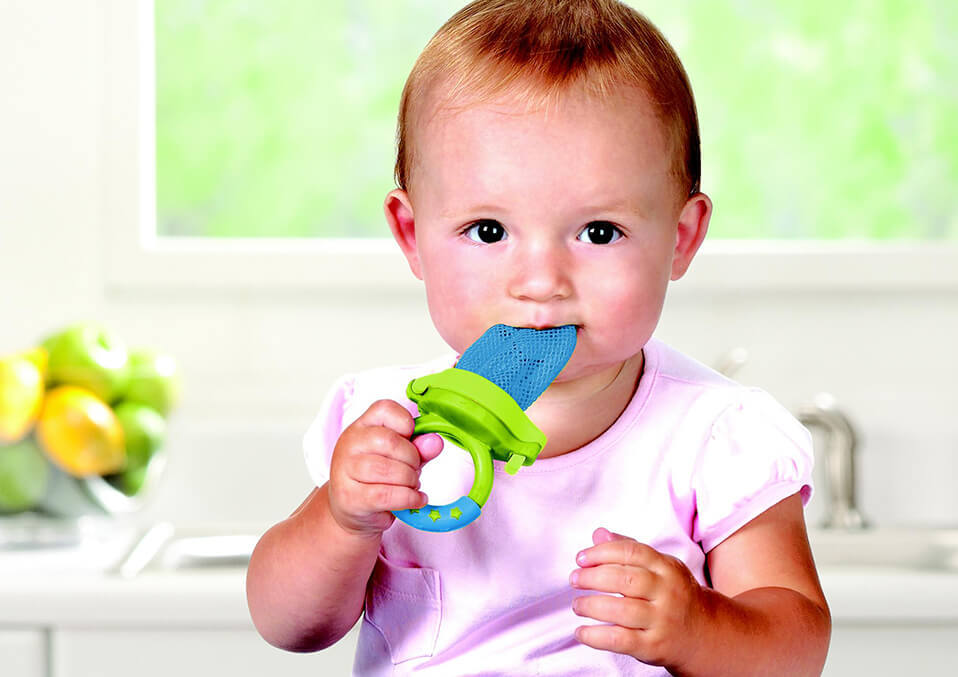 If medications are added into a baby’s milk bottle, which then changes the flavor of the milk, or if given via a nipple-like device this could cause a baby to reject bottle-feeds. Parents often resort to pressure or force to get their baby to swallow something that tastes unpleasant, adding another reason for the baby to want to avoid feeding, or anything else the parent might try to place into his mouth.
If medications are added into a baby’s milk bottle, which then changes the flavor of the milk, or if given via a nipple-like device this could cause a baby to reject bottle-feeds. Parents often resort to pressure or force to get their baby to swallow something that tastes unpleasant, adding another reason for the baby to want to avoid feeding, or anything else the parent might try to place into his mouth.
Babies affected by a sensory processing disorder may find the sensation of the nipple, or anything else in their mouth, to be abhorrent. They can display aversive behavior to lumps in food or the smell, taste, or feel of certain foods.
The cause of an infant feeding problem could be due to one or a combination of different causes. A feeding aversion can become even more complex when other feeding problems are involved. (See bottle-feeding problems.)
Other reasons for why your baby won't take a bottle, breast or solidsThere are several other possible reasons for individual babies to display aversive behavior towards breastfeeding, bottle-feeding, or eating solid foods. Any situation that results in a baby becoming frightened, stressed or experience pain while feeding has the potential to trigger partial or complete food refusal.
Any situation that results in a baby becoming frightened, stressed or experience pain while feeding has the potential to trigger partial or complete food refusal.
A single occurrence of one of these events doesn't usually trigger an aversion, but it is possible, especially if the experience is traumatic for the baby. It would generally take repeated occurrences while feeding to cause a baby to become averse to feeding. When such episodes are repeated, the baby learns to link the sequence of events and expect a similar occurrence each time he feeds. And so, he tries to avoid feeding to avoid the situation that has caused him fright, stress, or pain in the past. It's at this stage he will react before the event because he knows what's going to happen. And so, he may become distressed as soon as he recognizes he is about to be offered a feed. Or even if he thinks he is about to be fed because of the position he is held.
Is pain the cause for your baby's feeding refusal?The distress displayed by many feeding-averse babies can be so intense that it appears like they are suffering from pain. Therefore, pain is typically the first thing blamed by parents, and by health professionals during brief consultations, when other causes for a baby's feeding refusal are not obvious. However, pain is not the only reason for babies to become distressed during feeds.
Therefore, pain is typically the first thing blamed by parents, and by health professionals during brief consultations, when other causes for a baby's feeding refusal are not obvious. However, pain is not the only reason for babies to become distressed during feeds.
So how can you tell if pain is the cause of your baby’s troubled feeding behavior?Check how he behaves at times outside of feeding as this will provide clues. For example:
- If your baby is happy once you stop trying to feed him, pain is unlikely. Pain fades away. It doesn't suddenly cease because the feed has ended.
- If your baby is content between feeds, pain is unlikely. Discomfort associated with acid reflux or milk protein allergy or intolerance, constipation or gastroparesis is not restricted to feeding times only. Your baby would display signs of discomfort or distress at other times in addition to feeding times.
- If your baby predictably feeds well in certain situations, for example during the night or while drowsy or asleep, pain is unlikely to be the cause of his oppositional feeding behavior.
 Sleep does not numb a baby to the sensation of pain. If it is painful for him to feed during the day or while awake, it’s reasonable to expect it would also be painful for him to feed at night or when sleep-feeding.
Sleep does not numb a baby to the sensation of pain. If it is painful for him to feed during the day or while awake, it’s reasonable to expect it would also be painful for him to feed at night or when sleep-feeding.
NOTE: If your baby displays any unusual signs that might indicate illness or a physical problem, or if you are worried that your baby is suffering from pain, have him examined by a doctor.
Conflicted feeding behavior where baby takes a few sucks, sharply turns away or arches back, cries, quickly returns and wants to suck again, takes a few sucks, turns away or arches back, cries, returns to feeding and so on, is often interpreted by parents and others as pain, but its not necessarily due to pain. Babies who have become averse to feeding will behave in this way regardless of the cause. If your baby is quickly soothed once the feed has ended, it's probably not pain.
Is pressure the cause of your baby's feeding refusal?Some parents will pressure or force their baby to feed out of loving concern for their baby’s physical wellbeing.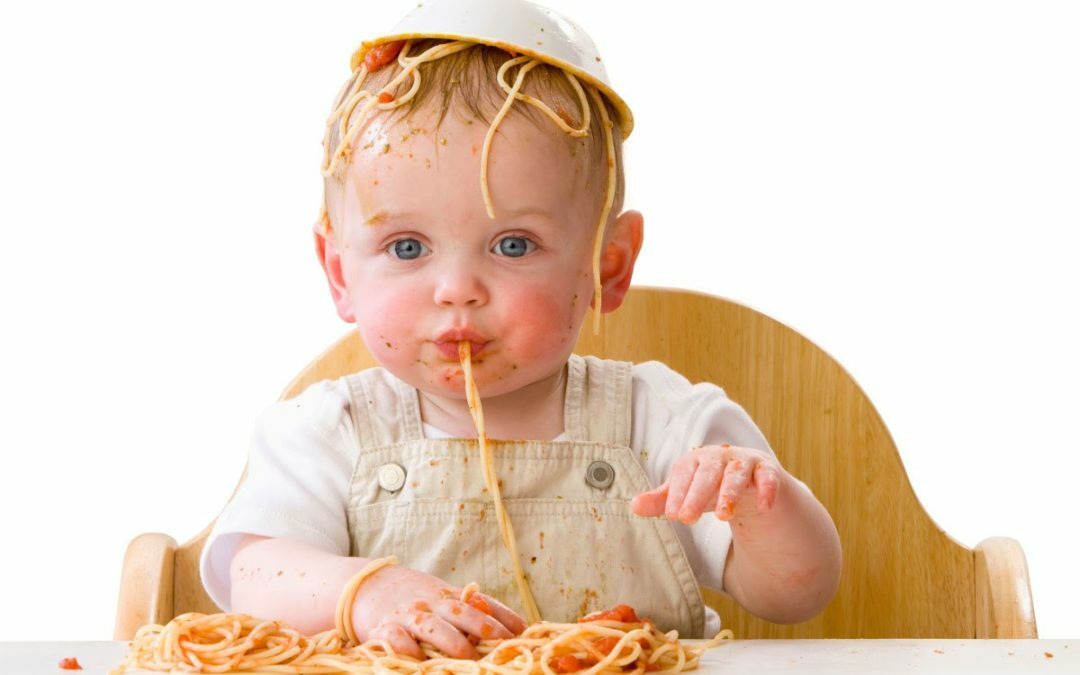 They hate doing this but do so because they worry that their baby will fail to gain sufficient weight or become unwell if they don’t make sure he consumes what they believe, or have been told, is an acceptable amount of milk or food.
They hate doing this but do so because they worry that their baby will fail to gain sufficient weight or become unwell if they don’t make sure he consumes what they believe, or have been told, is an acceptable amount of milk or food.
Many of the feeding strategies that we believe are ‘encouraging’ or ‘supporting’ a baby to eat involve subtle forms of pressure. For example:
- Pushing the nipple into a baby’s mouth against his wishes.
- Preventing him from pushing the nipple out of his mouth with his tongue.
- Following his head with the bottle when he turns or arches back in tense manner.
- Restraining his head to prevent him from turning away.
- Restraining his arms to prevent him from pushing the bottle away.
- Offering repeatedly at a time when he's rejecting or upset.
- Upwards pressure under his chin in a bid to trigger his sucking reflex.
- Gently compressing his cheeks to apply pressure on his buccal pads (cheek pads).
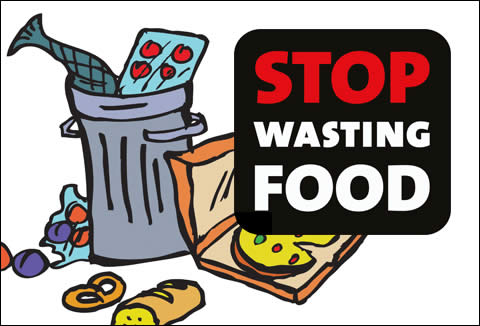
- Jiggling or twisting the bottle to try and make him continue sucking.
- Squeezing milk into his mouth.
- Trying to trick him into accepting the nipple by switching his pacifier for the nipple.
If these things don’t upset your baby - which generally appears to be the case for babies under the age of eight weeks who due to immaturity have limited ability to complain during the feed but can after the feed – such strategies might be causing no harm. However, doing these things in a bid to control how much a baby eats has the potential to make the experience of feeding unpleasant or stressful for the baby. When repeated, a baby can develop an aversion to feeding.
As a result of developing a feeding aversion the baby will fuss or refuse to feed and the parents, not knowing any better, may then feel compelled to force their baby to eat, and by doing so they may be unknowingly reinforcing their baby’s feeding aversion.
Behavior that is reinforced will continue. Once averse to feeding, the situation spirals downwards as a result of the ‘fear-avoidance-cycle’.
Once averse to feeding, the situation spirals downwards as a result of the ‘fear-avoidance-cycle’.
The more the parent pressures their baby, the less their baby is willing to eat. The less their baby eats, the more the parent pressures. And around and around it goes. The 'fear-avoidance-cycle' can spiral downwards to complete feeding refusal while awake, poor growth, and possible hospitalization where a feeding tube might be inserted.
Direct and indirect reinforcementsAny pressure, even subtle forms, has the potential to directly reinforce a feeding aversion. However, there are other strategies, for example feeding a baby while sleeping, giving solids to compensate for the loss of calories from milk, providing milk in other ways such as spoon, syringe, or feeding tube, can indirectly reinforce a behavioral feeding aversion by enabling the baby to avoid feeding while awake during the day. All reinforcements – direct and indirect – need to be removed.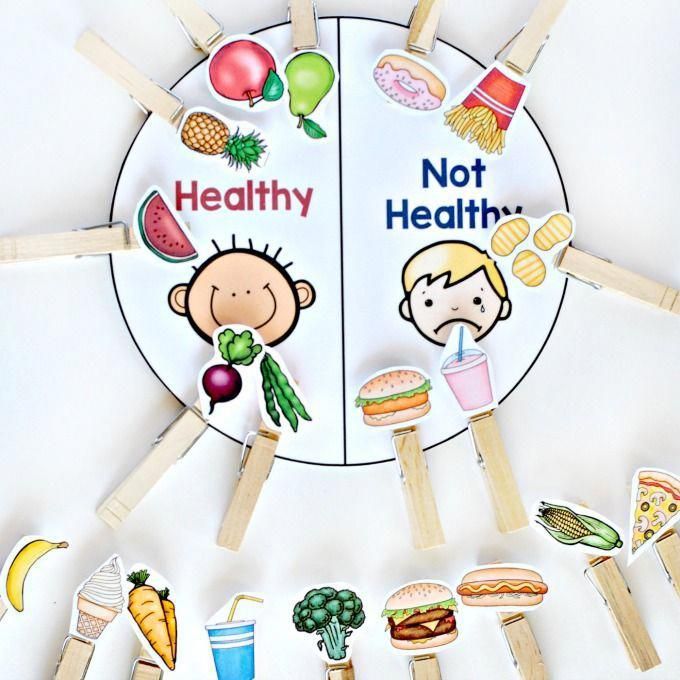
Medical treatments
A feeding-averse baby is often distressed at feeding times (an exception being those who mostly sleep-feed during naps and at night). Pain is typically the first thing blamed, but the least likely cause of aversive feeding behavior displayed by physically well, thriving babies.
If you go to the doctor with a fussy baby who cries and refuses to eat, he or she may tend to explore physical causes before all others. The following treatments are often recommended by medical practitioners in a bid to remedy a baby's fussy or distressed feeding behavior.
Medications: Acid suppressing medications may be prescribed to treat suspected esophagitis - inflammation of the baby’s feeding tube caused by repeated exposure to refluxed stomach acid. And perhaps prokinetic medication (also called propulsive agents) to treat gastroparesis - delayed emptying of the stomach.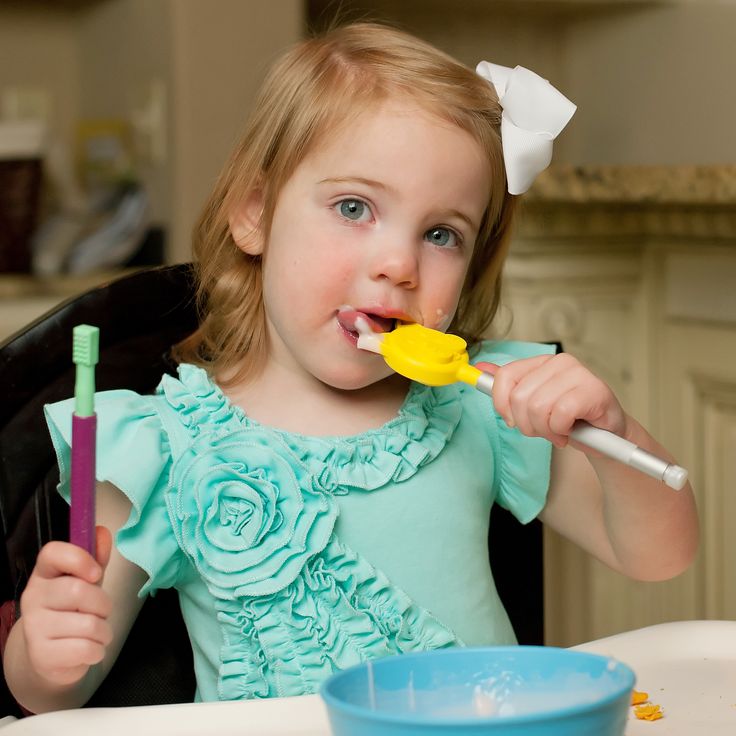
Dietary changes: A hypoallergenic infant formula may be recommended to treat suspected eosinophilic esophagitis - inflammation caused by an allergic reaction to cow’s milk based infant formula or soy infant formula.
Once the condition causing the baby's discomfort is effectively treated, his troubled feeding behavior will fade and disappear.
NOTE: A doctor cannot see into a baby’s esophagus and therefore cannot confirm if he is suffering from esophagitis during a routine medical examination. h3 antagonists and proton pump inhibitors used in the treatment of acid reflux are extremely effective in reducing the production of stomach acid. If your baby is still fussing or fighting feeds two weeks after commencing medications, there's a good chance that acid reflux is not responsible for his troubled feeding behavior. Similarly, if your baby's avoidant feeding behavior continues two weeks after switching to a specialized hypoallergenic formula, the reason may be that milk protein allergy is not the cause.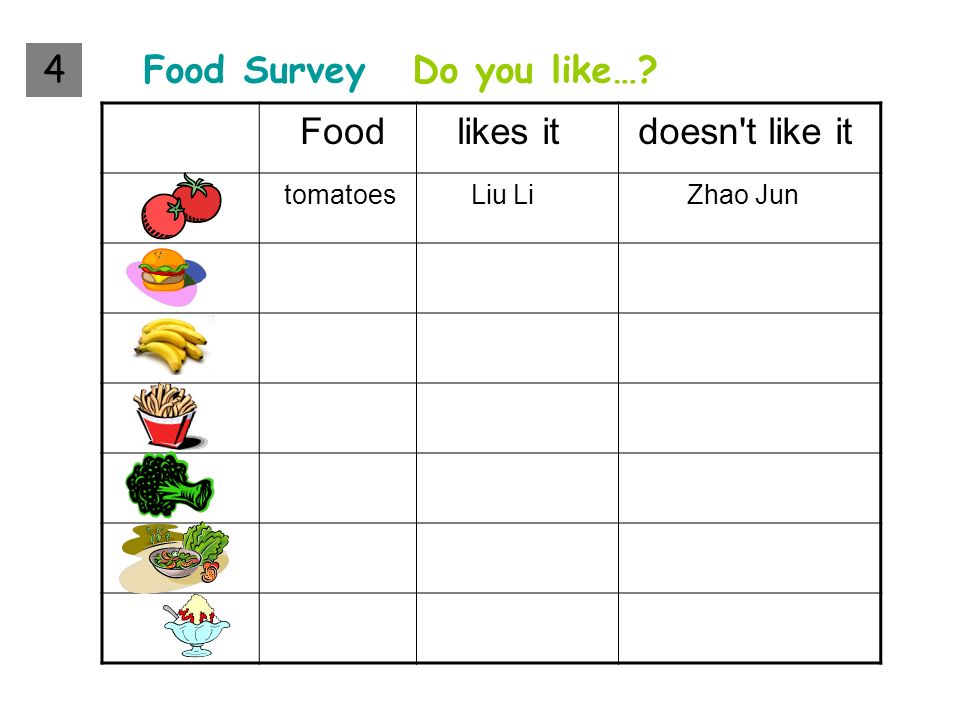 This does not imply that your baby is not affected by these conditions, rather that these conditions are unlikely to be the cause of his avoidant feeding behavior.
This does not imply that your baby is not affected by these conditions, rather that these conditions are unlikely to be the cause of his avoidant feeding behavior.
Band-Aid solutions: If medications and dietary change fail to resolve a baby's aversive feeding behavior, band-aid solutions such as high-calorie feeds, food thickeners, starting solids, sleep-feeding, might be recommended in an attempt to minimize the risk of poor growth caused by an unresolved feeding aversion. However, band-aid solutions are often ineffective in the case of a feeding aversion because they do not address the cause, which is the stimulus that is causing the baby to fear feeding.
If medical treatments fail to resolve your baby's feeding issues, consider the possibility of a misdiagnosis or that there is more than one cause involved. And extend your search to cover other potential causes, in particular behavioral reasons such as being pressured to eat.
Speech therapyIf your baby often chokes or experiences problems with aspiration while feeding, his doctor might refer him to a speech therapist to assess his ability to suck and swallow effectively. This can be helpful if choking episodes are reinforcing the baby's aversive behavior.
This can be helpful if choking episodes are reinforcing the baby's aversive behavior.
However, if your baby feeds well at some feeds for example in a sleepy state or has fed well in the past before developing a feeding aversion, it's unlikely that the source of his fussy feeding behavior or food refusal is due to a sucking or swallowing problem.
Occupational therapyIf an oral aversion due to a sensory processing disorder is suspected, your doctor might refer your baby to an occupational therapist for an assessment. Encouraging a child with oral aversion occurring due to a sensory processing disorder to feed as normally as possible requires a very long process that may last months or years.
An oral aversion is wide ranging with the baby not wanting anything near his mouth. A feeding aversion is specific, related to feeding, and requires very different treatment to resolve the problem compared to an oral aversion
NOTE: Some of the feeding strategies recommended to resolve an oral aversion, such as placing rubbery implements into the baby’s mouth to ‘desensitize’ him to the feel of things in his mouth, are counterproductive in the case of a behavioral feeding aversion that developed or is currently reinforced as a result of being pressured to feed.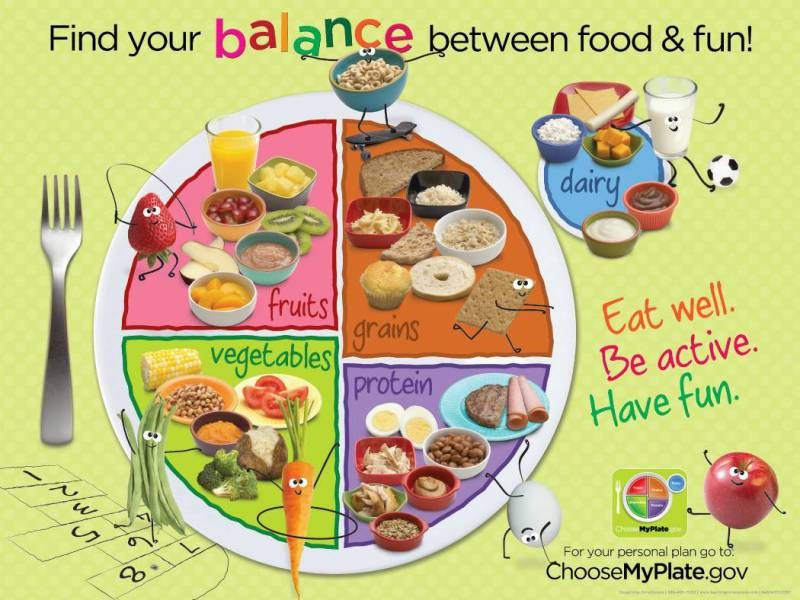 Placing things into a baby’s mouth without his permission will not regain his trust. Hence, the diagnosis must be correct. If your baby is happy to have anything other than the nipple of a bottle or food in his mouth, it’s probably a feeding aversion rather than an oral aversion.
Placing things into a baby’s mouth without his permission will not regain his trust. Hence, the diagnosis must be correct. If your baby is happy to have anything other than the nipple of a bottle or food in his mouth, it’s probably a feeding aversion rather than an oral aversion.
A behavioral approach views challenging infant behaviors such as incessant crying, fussy feeding behavior, feeding refusal, and sleeping problems in the context of the care the baby receives. In the case of physically well babies, it’s not assumed that the baby has a physical problem, rather the parent’s childcare practices are examined.
Infant behavior, whether this is desirable or undesirable behavior, is reinforced by the actions parents take or don’t take. To resolve a behavioral problem, and thus change a healthy baby’s behavior from fussy, distressed feeding refusal to enjoying feeding to satisfaction, it’s necessary for the parent to first make appropriate changes to their childcare practices.
The parent’s infant feeding practices are the last suspected cause of a healthy baby's aversive feeding behavior when it should be one of the first. You will know how thoroughly your baby’s healthcare professionals have assessed the possibility of behavioral reasons for his feeding issues by the number of questions asked of you regarding his feeding history. For example, feeding equipment, feeding frequency and duration, milk type, and concentration, feeding pattern, total daily milk intake, his sleeping patterns (sleep has a profound effect on feeding behavior and milk intake) and most important of all, your infant feeding and sleep settling practices. Our Baby Care Advice questionnaire includes 80+ questions to pinpoint the cause.
No questions asked = minimal to no consideration given to behavioral causes.
MisdiagnosisAccurate identification of the cause is essential to finding an effective solution. This is not something that can be achieved during a brief consultation with a health professional. And it definitely cannot be achieved without asking the parents multiple questions about their infant feeding practices. An accurate, and thorough diagnosis of the cause, or causes as is often the case, requires a comprehensive understanding of infant development and behavior, and age-appropriate infant feeding practices, as well as an understanding of the reasons and solutions to infant feeding aversion. At Baby Care Advice we allocate 2 hours for feeding problems.
Misdiagnosis occurs when assumptions are made about the cause in the absence of a comprehensive feeding assessment. Failure to accurately identify the stimulus causing and reinforcing the baby's feeding aversion - which can vary for individual babies - is likely to result in an ineffective treatment plan.
Not only will a misdiagnosis fail to address the cause, but many of the strategies recommended based on a misdiagnosis, such as those described as indirect reinforcements, have the potential to reinforce a baby’s aversive feeding behavior. A baby’s feeding aversion will continue while it’s reinforced. An unresolved breast- or bottle-feeding aversion increases the risk of the baby developing an aversion to eating solids for the same reasons. Feeding issues can persist for weeks, months or years.
A baby’s feeding aversion will continue while it’s reinforced. An unresolved breast- or bottle-feeding aversion increases the risk of the baby developing an aversion to eating solids for the same reasons. Feeding issues can persist for weeks, months or years.
Few health professionals are familiar with age-appropriate infant feeding practices and/or the process involved in resolving behavioral feeding aversions experienced by normal developing babies and young children. Therefore, they are ill-equipped to guide and support parents to resolve this complex and highly stressful situation.
A baby's avoidant feeding behavior, poor milk intake, and poor growth could be due to one or a combination of the causes already mentioned. However, a feeding aversion can become even more complex if other feeding issues are involved. For example, unsuitable or faulty equipment, poor feeding position, or the parent’s providing an inappropriate response to their baby’s feeding cues.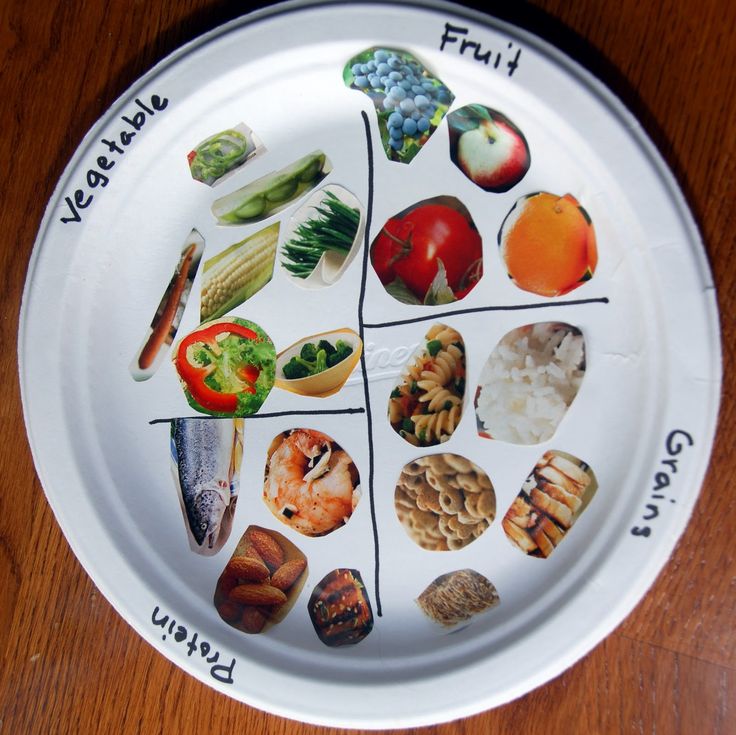 (See bottle-feeding problems for more.)
(See bottle-feeding problems for more.)
If you suspect that your baby has developed a feeding aversion, there are a couple of ways we can help.
You might choose to see if you can figure things out on your own as a result of being guided by my book 'Your Baby’s Bottle-feeding Aversion’.
You might prefer to have one of our experienced consultants undertake a comprehensive assessment of all causes and provide individualized feeding advice. You also have the option to receive daily email guidance and support as you work towards resolving your baby’s feeding aversion.
You can purchase Rowena's Online Bottle-Feeding Aversion Program - six modules with clear step by step instructions on how to overcome your baby's bottle-feeding aversion. With a 95% success rate using Rowena's Bennett's method.
‘Your Baby's Bottle-Feeding Aversion’ bookIn my book, ‘Your baby’s Bottle-feeding Aversion’, I have described physical and behavioral reasons for babies to develop an aversion to bottle-feeding.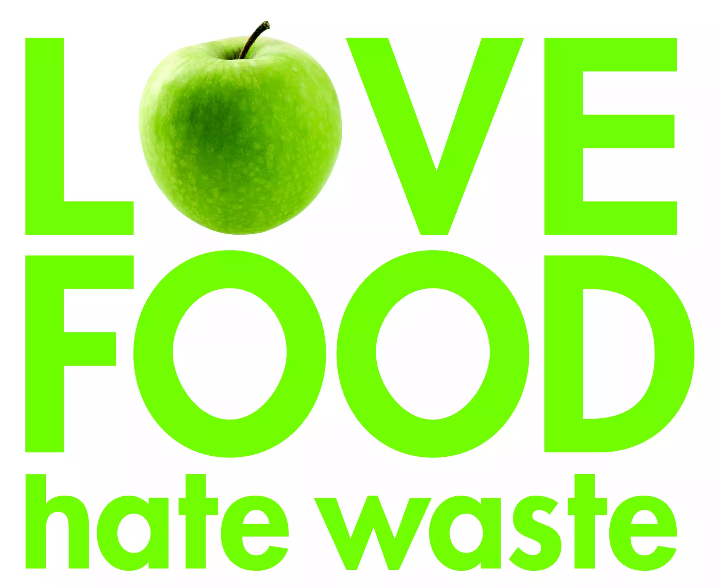 How to identify the cause and the solutions to match. Included are step-by-step instructions on how to regain your baby’s trust and resolve a feeding aversion caused or reinforced by repeated pressure to feed.
How to identify the cause and the solutions to match. Included are step-by-step instructions on how to regain your baby’s trust and resolve a feeding aversion caused or reinforced by repeated pressure to feed.
While the book was written for bottle-fed babies, many nursing mothers have found that applying the same strategies has also helped them to successfully resolve a breastfeeding aversion.
You might find that reading this book is all you need to do to understand the steps you need to take to resolve your baby’s feeding aversion and get him back to the point of enjoying eating until satisfied.
Baby Care Advice ConsultationsIf you would like an individualized assessment of all reasons for infant feeding problems, not just feeding aversion, we also provide a consultation service. Baby Care Advice consultants have extensive experience in pinpointing the cause of feeding aversion and other behavioral feeding problems such as those related to equipment and the parent’s feeding practices.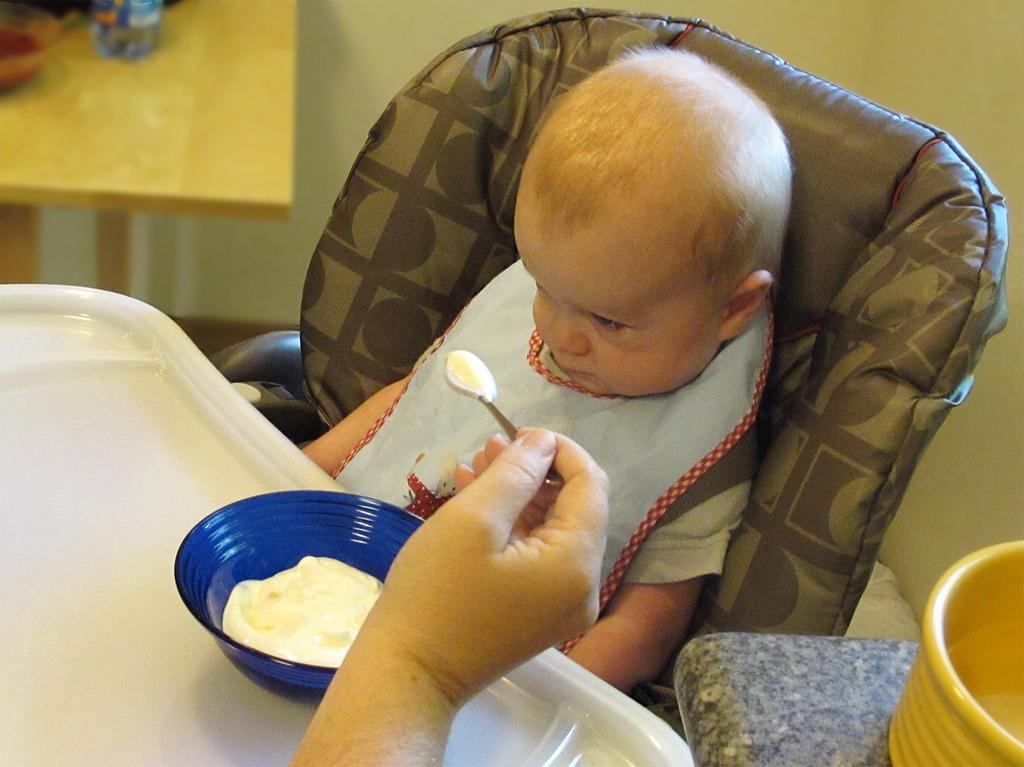 (For more on what’s included in a consultation).
(For more on what’s included in a consultation).
Six time-saving modules to help your family enjoy feeding again with Rowena's step-by-step plan. Enjoy additional tools to manage anxiety, troubleshoot any issues, introduce new carers, how to manage illness/teething and much more.
Join Our Facebook Support CommunityBaby Care Advice has facebook support groups in various languages, for those who have purchased either Rowena's 'Your Baby's Bottle-Feeding Aversion' book/ Online program/ consultation. They are made possible by a volunteer group of parents, who offer empathetic, compassionate support and guidance as you work your way through resolving your baby's feeding aversion.
English
Spanish
Dutch
Romanian
By Rowena Bennett, RN, RM, CHN, MHN, IBCLC.
Written Sept 2013. Revised July 2021.
Copyright www. babycareadvice.com 2021. All rights reserved. Permission from the author must be obtained to reproduce all or any part of this article.
babycareadvice.com 2021. All rights reserved. Permission from the author must be obtained to reproduce all or any part of this article.
Oral Aversion in Babies: Definition, Treatment, and Causes
For many of us, there’s something intensely satisfying and comforting about eating. But what if your baby’s eating mechanism goes wrong? When food, or the merest touch against your baby’s mouth and face, sends them into a frenzy?
A baby or child with an oral aversion has a sensitivity to — and perhaps even fear of — food or drink taken by mouth. They may even refuse to allow anything to touch their mouth.
A baby with an oral aversion will refuse both the breast and the bottle. While they may forget themselves and start sucking, they’ll quickly turn their head away, gag, or vomit.
An older child with an oral aversion may protest more vocally and object to any attempt to have their face washed or their teeth brushed.
Or an oral aversion may be more subtle.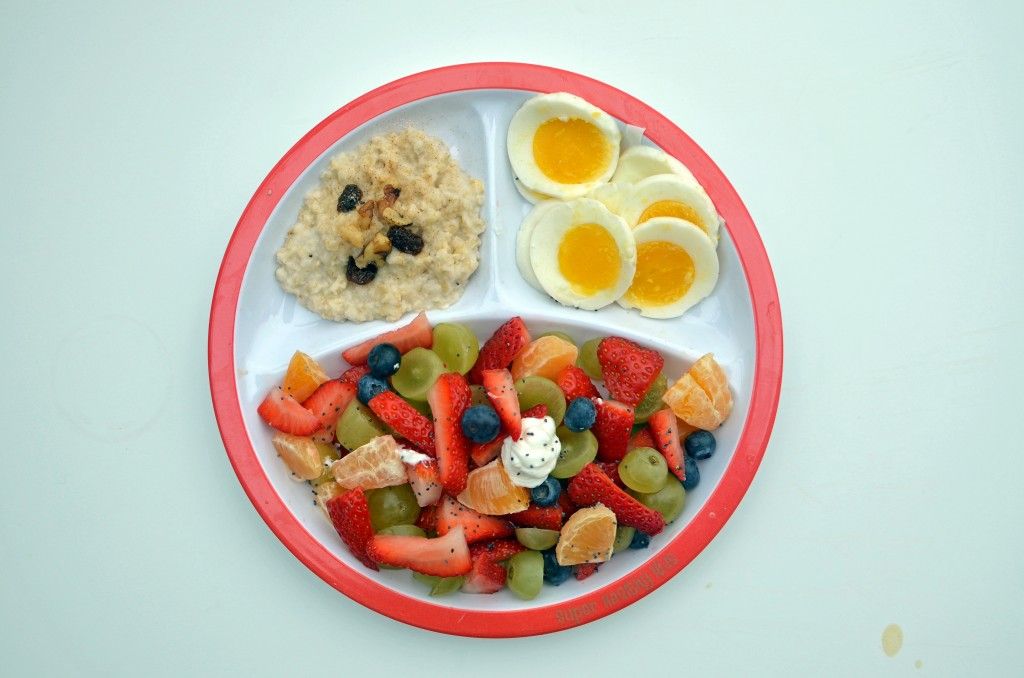 But whatever the case, it leads to feeding problems and needs addressing if it doesn’t quickly resolve on its own.
But whatever the case, it leads to feeding problems and needs addressing if it doesn’t quickly resolve on its own.
Newborns, babies, toddlers, and even older kids can sometimes develop an oral aversion. In fact, one report estimates that 20 to 50 percent of healthy children have some sort of feeding complications. The question is why? What could happen to make your child refuse food?
Newborns and babies
Let’s go back to the beginning. Premature babies are twice as likely to develop an aversion compared to full-term babies.
That’s because many premature babies initially aren’t sufficiently developed to manage the physical and cognitive steps that have to take place to feed successfully — muscle tone, swallow-breathe coordination, and simply having enough stamina to eat. Thinking of all the steps that have to happen before you swallow is enough to take away your appetite.
Premature babies in the NICU (neonatal intensive care unit) may undergo certain life-sustaining procedures to ensure that they thrive and get the nourishment they need:
- They may need intubation and suctioning for optimal breathing.
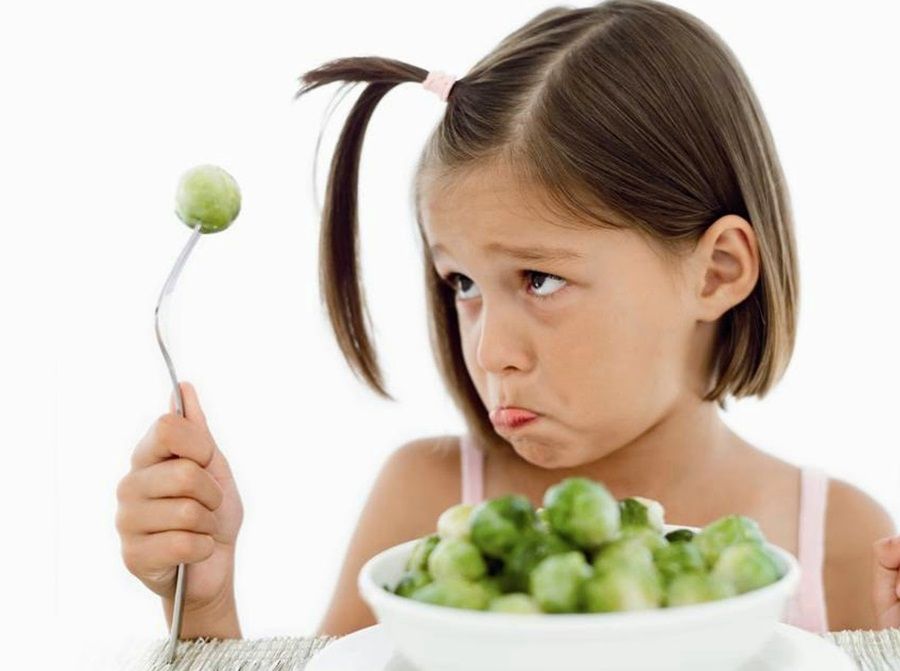
- They may be fed through an NG-tube (through the nose and down the back of the throat) or an OG tube (directly into the stomach).
This means that the mouth area may have been either traumatized by painful touch or not stimulated at all — and therefore super-sensitive to touch.
Another reason that your baby may develop an oral aversion is gastroesophageal reflux disease (GERD). With this condition, stomach contents and digestive juices rise up from the stomach, and that may hurt. A baby’s inflamed esophagus will give them an unpleasant burning sensation.
It won’t take much for them to make the association between feeding and pain. The result? An oral aversion.
You may be dealing with an oral aversion if your baby:
- becomes unsettled and distressed when you put them into a feeding position
- arches their back to try and move away
- starts to eat as if they know that food is good, but quickly pulls away with fear
- refuses to eat when awake, but does settle down to eat when drowsy
- doesn’t meet growth expectations
Toddlers and young children
Sometimes, toddlers and young children may have the same no-entry-here reaction as babies. It could happen if your child:
It could happen if your child:
- has mouth ulcers
- has trauma in the mouth area
- has had a prolonged period of vomiting
At this age, your child will be pretty adept at making it clear that they won’t eat. If they show distress as soon as you put their bib on, or they run a mile when you bring out their plate, you may be dealing with an oral aversion.
A note about avoidant/restrictive food intake disorder (ARFID)
This isn’t just your picky eater. Children with AFRID won’t meet their nutritional needs. The results are:
- low weight
- nutritional deficiency
- dependence on supplemental feedings
- possible impaired social functioning
Here’s what ARFID looks like:
- Your child avoids eating certain foods (meats, vegetables, fruits) and complains that they taste, feel, or smell bad.
- They may eat only small amounts because they simply aren’t interested in food or have a teeny appetite.
- They refuse specific foods after a traumatic experience such as choking, vomiting, an upset stomach, or something like finding the embryonic cord in a scrambled egg.

Eat up so you’ll grow big and strong. The familiar refrain will drive you crazy when you’re cajoling your little one to open their mouth to eat. Something. Anything.
To add to the agony, as noted in a 2020 report in the Frontiers in Pediatrics journal, there aren’t any standard guidelines for diagnosing an oral aversion. But there are some strategies that may help you overcome what seems impossible.
Babies
The strategies below are mostly things that will be done in the hospital — usually in the NICU — with the guidance of your baby’s care team. You may be instructed to continue at home, as directed, by a doctor.
- Swabbing. If your preemie is being fed with an NG or OG tube, be proactive and ask the medical team to swab your baby’s lips and mouth regularly so that the areas remain stimulated despite the fact that your baby isn’t sucking.
- Non-nutritive sucking. Your baby started sucking way back as a 14-week-old embryo.
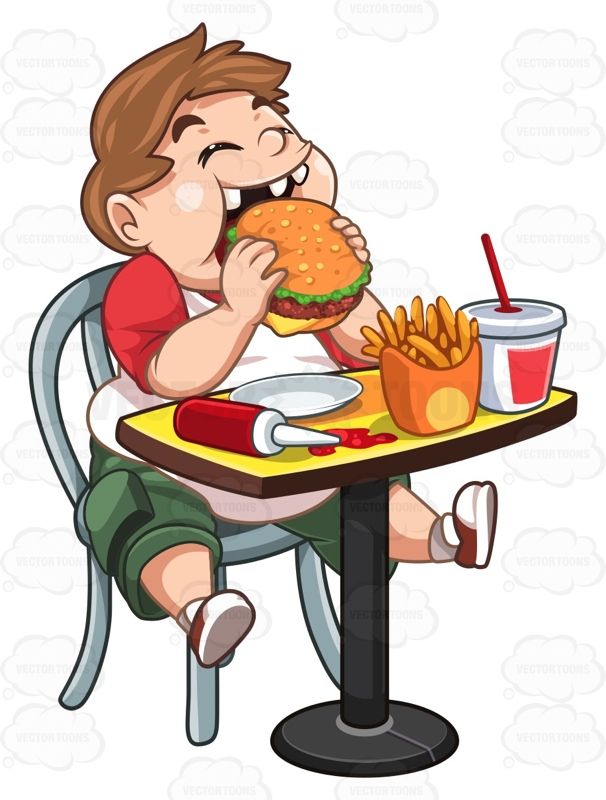 Babies don’t suck just to get nutrition; they like sucking. By letting your baby suck on a pacifier, your (clean) pinky, or your empty breast, your baby gets good practice for the real thing. They also feel calmer and their heartbeat slows down. A calm baby is more likely to eat when offered breast milk or formula.
Babies don’t suck just to get nutrition; they like sucking. By letting your baby suck on a pacifier, your (clean) pinky, or your empty breast, your baby gets good practice for the real thing. They also feel calmer and their heartbeat slows down. A calm baby is more likely to eat when offered breast milk or formula. - Cue-based feeding. This is about quality and not quantity. So instead of stressing over the amount they eat, focus on how to make eating a positive experience. Put your baby in an elevated side-lying position (if their medical condition allows it) and use a controllable flow rate so that your baby doesn’t gag. Don’t wiggle the nipple in your baby’s mouth to try and convince them to take more.
- Oxygenation. Your baby needs to take in sufficient oxygen to remain alert. Preemies often struggle to synchronize breathing and sucking patterns, and this can lead to low oxygenation. Is your baby pausing to catch their breath? By paying attention to any changes in breathing sounds and to the pattern of sucking, you can help your baby to learn how to regulate themselves.
 And that means learning how to eat successfully.
And that means learning how to eat successfully. - An infant self-pacing (ISP) bottle. Not all bottles are created equal. This specially designed bottle lets your baby set the feeding rate by eliminating the internal vacuum build-up in the bottle.
- Go for the cup. Sound avant-garde? Not really. Research shows that preemies who are offered a cup have lower heart rates and higher oxygen saturation levels than bottle-fed babies.
Toddlers and young children
True oral aversions are very rare once your child has outgrown babyhood and is into their toddler years. For a diagnosed aversion, you’ll need to rely on your pediatrician’s guidance.
For a mild, temporary oral aversion — such as after a viral illness that caused mouth ulcers — offering different temperatures and textures of foods and plenty of liquids may be enough to do the trick.
And if you’re dealing with a picky eater, the following may help:
- Food preparation.
 Your child is more likely to eat food that they’ve helped to prepare, so let them help in the kitchen.
Your child is more likely to eat food that they’ve helped to prepare, so let them help in the kitchen. - Eating as fun. You can interest your child in eating by making meal time a fun time. That means putting your phone away, switching off the TV, and talking to each other.
- No more pressure. Your child will learn to listen to their body’s signal of hunger if you turn down the pressure. So don’t cajole endlessly; put the food on the table and leave it at that.
- Play with tea sets. Playing meal times is a great way to gently get your child used to the idea of eating.
- Art and crafts with food. Use food items in your art and craft projects. Think popcorn necklaces, edible play dough, mosaics with beans and seeds, and painting with spices.
- Step-by-step. Let your toddler get used to the feeling of something in their mouth by offering them teething toys to chew on.
 They may surprise you and even enjoy a fruit feeder.
They may surprise you and even enjoy a fruit feeder.
Despite your best intentions, you may find that your child is among the rare group affected by a severe oral aversion. In this case, you’ll need to turn to your medical provider. This is especially true if your child is being fed via an NG or OG tube.
Today, severe oral aversions are often initially treated with intensive behavioral intervention at a day treatment center or as an inpatient at a hospital program.
You’ll be working with an interdisciplinary team (pediatrician, pediatric gastroenterologist, dietitian, speech-language pathologist, and clinical psychologist) that will use several approaches.
Behavioral intervention
Behavioral intervention may start with the Behavioral Pediatric Feeding Assessment Scale (BPFAS), a 35-item questionnaire that assesses just what happens at mealtimes. From here, your team will map out a plan made up of small measurable steps that lead toward that coveted goal of eating.
Treatment sessions start off short (10 minutes), but increase to about 20 to 25 minutes, which is typically how long we take to eat a meal.
The therapist will follow a set routine so that your child feels most comfortable. They’ll offer a choice of foods with different tastes and textures. After watching, you’ll take over the role of feeder.
An oral aversion isn’t just about eating. Unfortunately, there can be long-term effects.
If your child isn’t eating optimally, the chances are high that their growth and overall development will be impacted negatively. Research shows that preemies with feeding challenges remain in the hospital for a longer period and are more likely to be readmitted.
In addition, babies without enough protein at certain stages of development can have long-term short stature, organ growth failure, and neuronal deficits. These may lead to behavioral and cognitive challenges.
When your child has an oral aversion, both of you may be dealing with constant stress.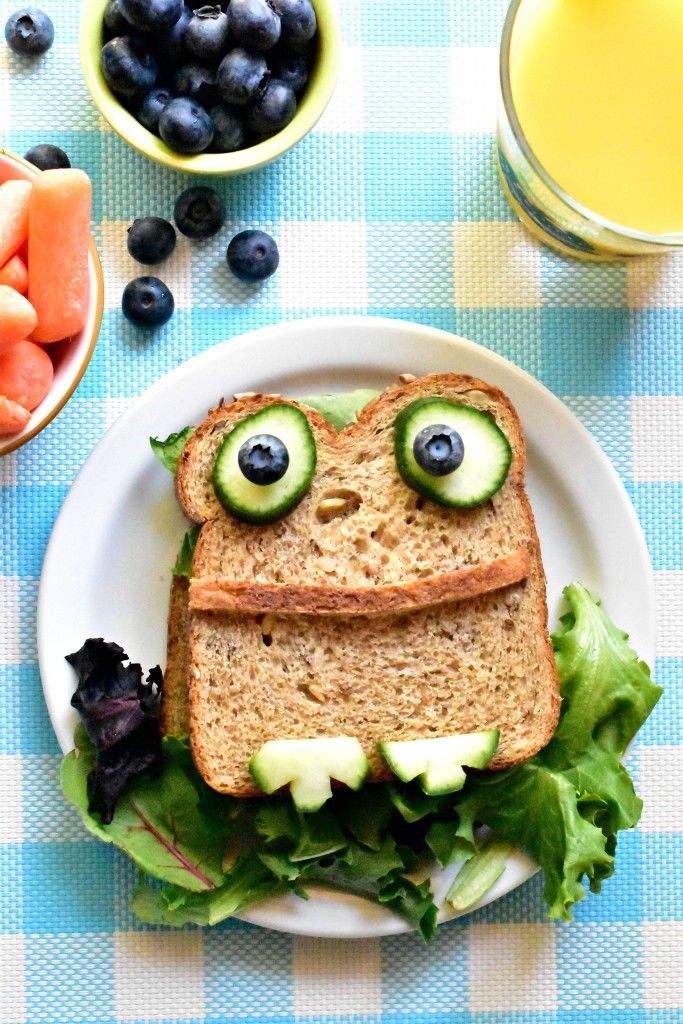 You may find that your ability to bond with your child is lessened. Fortunately, by getting help, you can likely decrease the stress and bump up the bonding.
You may find that your ability to bond with your child is lessened. Fortunately, by getting help, you can likely decrease the stress and bump up the bonding.
Did you ever think about how many of our social interactions center around food? You want your baby to have positive eating experiences not only because they need good nutrition for their health, but also because these experiences impact on their future relationships.
Take a deep breath. Reach out to your medical team if you have any concerns about your baby’s eating habits. There are many options for getting your child on track for a healthy and happy period of development.
When a child refuses to eat... | Thumbelina
Consultation for parents
When a child refuses to eat…
There is not and cannot be a single reason for all occasions explaining a child's refusal to eat. But here’s what’s surprising: when they start checking the health of such a small child, it most often turns out that “he doesn’t have any disease and that it turns out that it’s not about him at all, but about the parents themselves, or rather, about their attitude to food . Here are some examples taken from practice.
Here are some examples taken from practice.
Example 1. A thin boy of six years old enters the office, his mother and grandmother are with him.
Hello. Sit down please. Tell me what happened.
From the mother's story, a rather familiar picture emerges: the boy does not eat well, nothing helps him, he has been to many doctors, the tests are all right, the x-rays are also.
- Advise, doctor, what should we do.
— Who is the boy always with, you or your grandmother?
- I'm working. Almost all the time, Yura is with our dad's mom, with Antonina Ivanovna.
— Then, Antonina Ivanovna, tell us in detail how and what you feed the boy and how he behaves.
By asking such a question, to be honest, the doctor hoped to hear that the grandmother was forcibly stuffing Yura and thereby brought him to a deep disgust for food, as happens most often. But no, nothing like that was said. And then the doctor suddenly had an idea. Yura and grandmother are very similar to each other - thin, fit. And mom with a tendency to be overweight. Isn't there a clue here?
But no, nothing like that was said. And then the doctor suddenly had an idea. Yura and grandmother are very similar to each other - thin, fit. And mom with a tendency to be overweight. Isn't there a clue here?
And then the doctor asked Antonina Ivanovna how her son, Yura's father, ate in childhood.
- What are you, exactly the same! The guys in the yard always called him Koshchei the Immortal. How much I suffered with him - and all for nothing!
One could put an end to this and give appropriate recommendations, but the doctor decided to ask Yura's mother as well:
— And how do you feed the boy when he stays with you for the weekend?
— How? Very simple. Not like Antonina Ivanovna: I make him eat everything. Another thing is that often it takes almost a whole day, and sometimes even a whole day is not enough—nothing happens.
After that, everything fell into place. The doctor tried to explain to his mother that Yura had a hereditary form of loss of appetite and there was nothing to worry about. Grow up and be just like his father. But as for force-feeding, here the grandmother is absolutely right: let her eat as much as she can.
Grow up and be just like his father. But as for force-feeding, here the grandmother is absolutely right: let her eat as much as she can.
Example 2. An only child in the family, Dimka got used to parental concessions and turned into a little "dictator". The defect of education also affected the attitude to food. The love for “yummy” intensified, and the appetite for everyday food disappeared. A smart word, clothed in a fabulous form, gave positive results. As you can see, here everything went without any special interventions from medicine and came down to ordinary pedagogy.
The experience of children's doctors shows that most often children's appetite decreases as a result of improper care and upbringing. Therefore, in order to correct a reduced appetite, it may be necessary to use mainly pedagogical techniques. And here fiction and ingenuity on the part of adults are especially important. Vivid stories and unusual stories are always able to awaken in a child the desire to eat, lost due to certain errors in education. Unfortunately, not all parents skillfully use this, and many of their actions even harm the child. Do not force your baby to eat more than he wants. It is much better if you give your child a little less food than he usually eats. Then he will have a desire to get a supplement. Remember that any persuasion, storytelling, tempting promises during feeding are absolutely undesirable. All this not only distracts the child from food, but over time, lead to the fact that he forms an undesirable stereotype - I won’t eat at the table without a fairy tale, I won’t sit at the table without a toy promised as a gift, etc. And often this also leads to the fact that the growing child begins to imagine himself a "person" with whom everyone must reckon, who can impose his tastes and demand their unquestioning implementation. And it is not surprising that sometimes such little "dictators" bring their mothers to tears. But all this could have been foreseen in advance. But as they say, parental love is often blind.
Unfortunately, not all parents skillfully use this, and many of their actions even harm the child. Do not force your baby to eat more than he wants. It is much better if you give your child a little less food than he usually eats. Then he will have a desire to get a supplement. Remember that any persuasion, storytelling, tempting promises during feeding are absolutely undesirable. All this not only distracts the child from food, but over time, lead to the fact that he forms an undesirable stereotype - I won’t eat at the table without a fairy tale, I won’t sit at the table without a toy promised as a gift, etc. And often this also leads to the fact that the growing child begins to imagine himself a "person" with whom everyone must reckon, who can impose his tastes and demand their unquestioning implementation. And it is not surprising that sometimes such little "dictators" bring their mothers to tears. But all this could have been foreseen in advance. But as they say, parental love is often blind. Of course, in the practice of a pediatrician there are also cases when a long-term illness deprives a child of the joy he gets from food. The mechanism of lack of appetite in such children is explained by violations of the secretion of digestive enzymes, and especially gastric juice. In such situations, medical intervention is necessary. The child is prescribed digestive enzymes, vitamins, appetite stimulants. And all this, of course, brings the desired results. But it would be wrong, as many parents sometimes think, to rely only on the power of drugs. Great patience is required from adults, a purely individual approach to each child, especially to babies, so that aversion to food does not become a habit.
Of course, in the practice of a pediatrician there are also cases when a long-term illness deprives a child of the joy he gets from food. The mechanism of lack of appetite in such children is explained by violations of the secretion of digestive enzymes, and especially gastric juice. In such situations, medical intervention is necessary. The child is prescribed digestive enzymes, vitamins, appetite stimulants. And all this, of course, brings the desired results. But it would be wrong, as many parents sometimes think, to rely only on the power of drugs. Great patience is required from adults, a purely individual approach to each child, especially to babies, so that aversion to food does not become a habit.
A mother's heart and mind, sensitive to a child's misfortune, are sometimes able to find the most incredible solutions. I recall one case when the mother of a three-year-old child, in vain using the medicines offered by doctors to increase her appetite, came up with the idea of feeding the baby from the shell of a hard-boiled egg.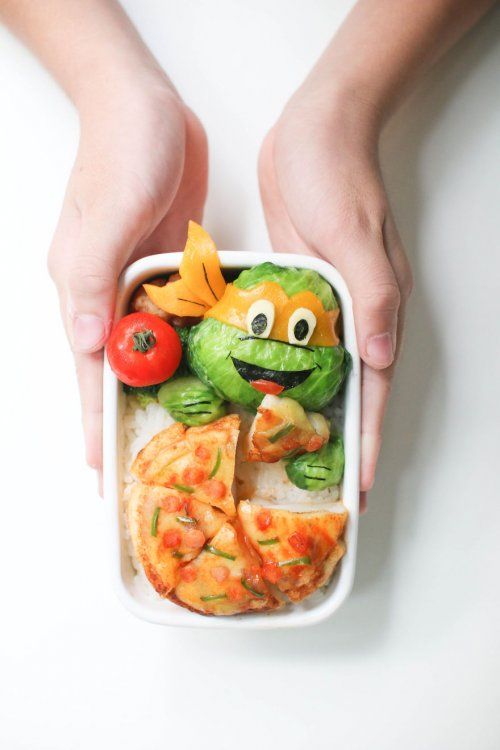 Unusual "dishes" aroused the girl's interest, and the desire to try food.
Unusual "dishes" aroused the girl's interest, and the desire to try food.
For every child, regardless of age, the color and design of the dish are of great importance , so efforts to prepare breakfasts, lunches and dinners should not be limited to caring for taste and aroma. Appetite is aroused by bright, festively decorated dishes that attract with multicolor. You should always pay attention to table setting. White tablecloths and napkins, dishes painted with cheerful patterns create an atmosphere of delicious and healthy food. Do not pass by the observant eyes of the guys and such "details" as the thickness of the pieces of bread, the size of the portions.
A child, especially a small child, always calls fright plate filled to the brim. Not to mention the fact that such a plentiful dish does not comply with the rules of etiquette, it can cause a backlash - an aversion to food in general. That is why the great Russian physiologist I.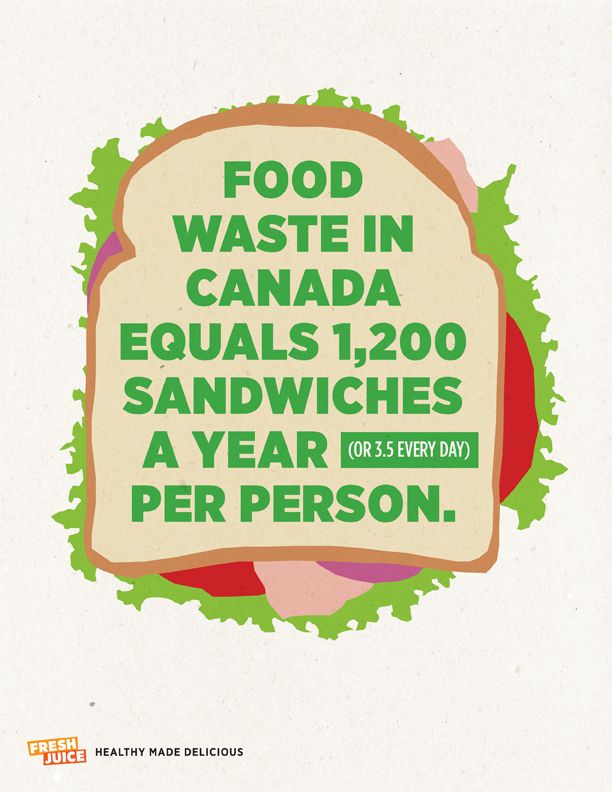 P. Pavlov considered psychological preparation for eating an indispensable condition preceding the process of digestion.
P. Pavlov considered psychological preparation for eating an indispensable condition preceding the process of digestion.
menu preparation is of great importance for the rational nutrition of a child. At the same time, it is important to remember that taste habits, as mentioned above, in each person are born somewhere before the age of five. At the same time, an overly monotonous diet can already play a cruel joke on appetite. If you feed your child, for example, the same cereals, they will eventually become boring and her baby will refuse to eat. Isn't that why some adults with a shudder recall the time when they were fed mainly with porridge.
It is known that out of hundreds of foodstuffs, only bread has escaped staleness. Hence, the skillful combination and alternation of various dishes will not only preserve their taste interest for life, but also help to avoid the decrease in appetite that is observed in some children on this basis.
There are many other ways to deal with poor appetite. And here it would be appropriate to recall the positive impact that the children's team can have on such a child. In each kindergarten troupe there are many children who can eat with great appetite. And a good example can be contagious. Or, for example, a proud boy or girl, appointed as the group's duty officer, that is, the main assistant to the educator, will not dare to refuse dinner, for which they themselves set the table. Thus, in every children's team there are hidden huge opportunities for psychological impact on the child.
And here it would be appropriate to recall the positive impact that the children's team can have on such a child. In each kindergarten troupe there are many children who can eat with great appetite. And a good example can be contagious. Or, for example, a proud boy or girl, appointed as the group's duty officer, that is, the main assistant to the educator, will not dare to refuse dinner, for which they themselves set the table. Thus, in every children's team there are hidden huge opportunities for psychological impact on the child.
To maintain a normal appetite, it is also important that the child spends more time and more often in the open air, , playing outdoor games, joining sports and work.
The well-known Soviet teacher V. A. Sukhomlinsky, who spent a lot of time raising children of preschool age, noted: “... the main reason for the weakness and sickness of individual babies was that they lived, as it were, in a greenhouse environment; mothers protected them from the slightest breeze. The guys got tired quickly. Mothers complained about the poor appetite of these children.”
The guys got tired quickly. Mothers complained about the poor appetite of these children.”
The children, together with their teacher, took daily walks, first 2-3 kilometers long, and then 4, 5 and 6 kilometers long. In their travels they learned a lot of new things and felt like pioneers of the world. Their physical condition has also changed. V. A. Sukhomlinsky wrote: “In the open air, after several kilometers have been covered, the children develop, according to their parents, a “wolfish appetite”. On the days when the little ones and I were going to the forest, I advised them to take bread, onions, salt, water, and a few raw potatoes with them. Parents at first doubted: will the children eat it? After all, at home they refuse more nutritious things. But it turned out that bread, and onions, and potatoes in the forest are the most delicious food. And besides, the guys developed an appetite, and they gladly ate at home a bowl of soup or borscht offered to them. A month later, the cheeks of the palest babies turned pink, and the mothers could not boast of the good appetite of the children: the whims disappeared, the children eat whatever they give.
Parents must also strictly observe the child's daily routine. This is not a whim of doctors and teachers, but a scientifically based recommendation. The deviation from the set time should not exceed 16-30 minutes. This has both physiological and psychological significance, because if the intervals between meals are observed, the child regularly experiences a feeling of hunger, accompanied by an increase in the secretion of gastric juice, and an interest in eating is also developed. Keeping the same intervals between feedings gives the body enough time to digest food.
Punishing children for poor appetite , being offended by them, parents often forget that they spoiled their pets with sweets, soft buns before breakfast, lunch or dinner. It's no secret that when adults go to visit, they store sweets, chocolate and other goodies for the kids. Meanwhile, feeding after school hours and sweets in themselves cause a breakdown in appetite and disrupt the rhythm of the digestive glands, achieved by observing the regimen.
If the child wants to eat, it is better to offer him a carrot, an apple or, in extreme cases, an independent vegetable dish between feedings. If he ate poorly at breakfast or dinner, parents need to gather all their will and, for childish benefit, endure character: remove everything from the table and give nothing until the next meal. Forced fasting can wean a child to be picky at the table.
The main causes of poor appetite in children
What if the child is small?
Often, parents who do not have a good appetite and who conditionally eat a bowl of soup and a slice of bread a day are surprised why their child eats little. But heredity and habits in the family probably play an important role in how your child will relate to food. That is, if your family does not eat a lot and you have a very slender physique, then, for sure, your baby will not have an excellent appetite.
Poor appetite or personality traits
Every child is different, with their own tastes, preferences, interests and behaviors that can affect their appetite.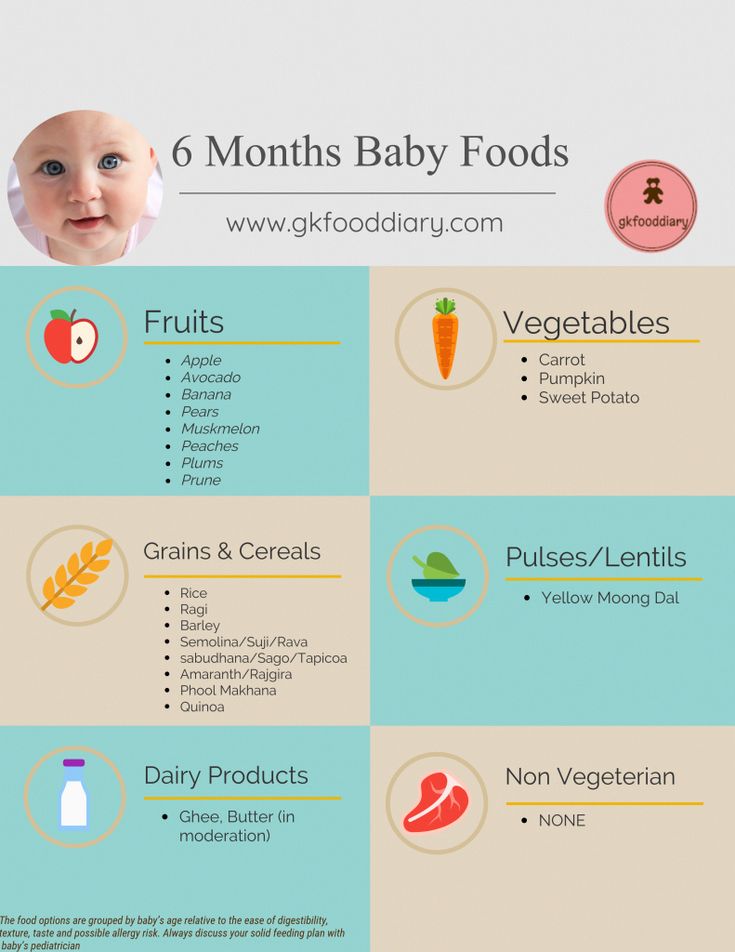 There is an interesting division of children into several psychological types, described in the book by Lyudmila Perelstein "Beware of children!". So, if you take into account the characteristics of your child, then perhaps the problem of poor appetite will not be so acute.
There is an interesting division of children into several psychological types, described in the book by Lyudmila Perelstein "Beware of children!". So, if you take into account the characteristics of your child, then perhaps the problem of poor appetite will not be so acute.
Whims at the table.
Perhaps refusal to eat is not a whim at all, but a consequence of poor health. Maybe he is tired? Or upset about something? Analyze what kind of daily routine and menu your children have. Often the lack of appetite is caused by the lack of an elementary regimen. If a child is used to biting and intercepting all kinds of livers and sandwiches on the run, that is, at the table a full lunch or dinner, he, of course, will refuse. Here, parents must be firm and persistent in their desire to teach the child to eat right. Make a sample menu for the day, and try to accustom your child to such a diet. Naturally, at first, your baby will refuse and stomp his feet, but only your perseverance and patience will help you succeed.
Maybe he is sick?
A common cause of lack of appetite in children can be beriberi . For example, poor sleep, lethargy, lack of appetite and nervousness - all this can be a consequence of a lack of vitamin B1. If a child does not receive vital substances, trace elements and vitamins, eating harmful and unhealthy food, then at any time, in self-defense, the body can refuse such food. Think about what your child's daily diet consists of. If he does not like vegetables and fruits, and his usual food consists of sausages, pasta and sweet tea, then your child may lack vital vitamins in his body. Include foods rich in vitamins in your child's diet.
Another reason for such a phenomenon as poor appetite in your child may be the presence of worms, giardia and other parasites in his body. A cheerful child, infected with helminths, becomes lethargic and capricious. Sometimes nausea may occur.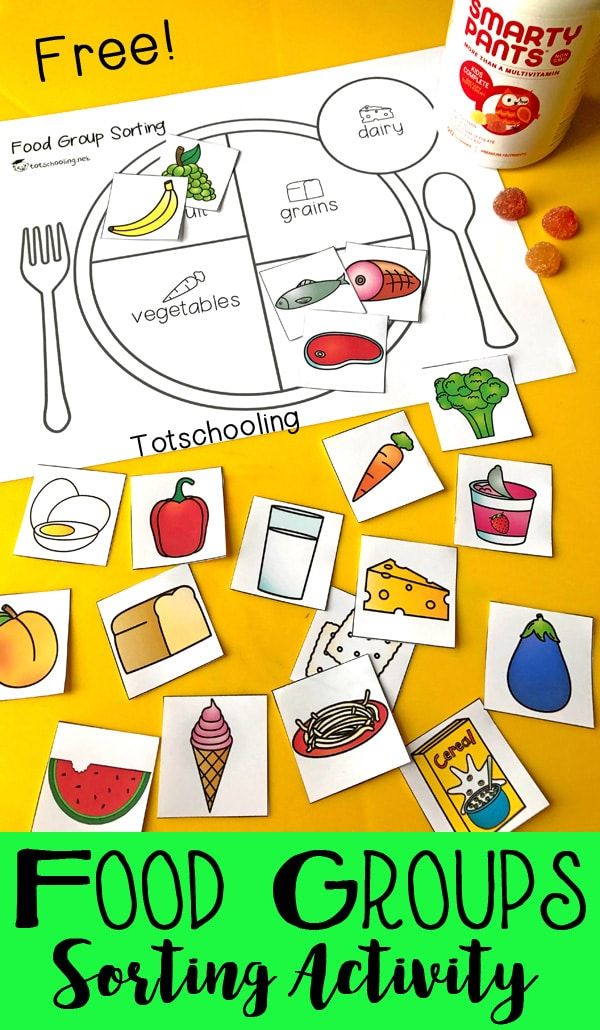 In any case, if you notice an alarming sign in your baby's behavior, consult a doctor, take all the necessary tests to be sure that your child is physically healthy.
In any case, if you notice an alarming sign in your baby's behavior, consult a doctor, take all the necessary tests to be sure that your child is physically healthy.
Family Attitudes
In most families with children, eating is treated like a ritual . Moms and grandmothers tearfully persuade them to eat another spoonful of “For mom, for dad ...”, etc. They run around the apartment with a plate, if only the child, God forbid, does not die of hunger. Thus, causing the child to have an unhealthy attitude towards food. But food is just another need of the body, the same as sleep, rest, etc. Let your child understand that eating is the satisfaction of the needs of his body, and not your ardent desire to shove something into his stomach.
Another thing is when a child does not eat well, if suffers from some kind of illness and he needs to receive certain foods that he refuses to eat. For example, if a baby has dysbacteriosis, and at the same time, fermented milk products must be present in his diet.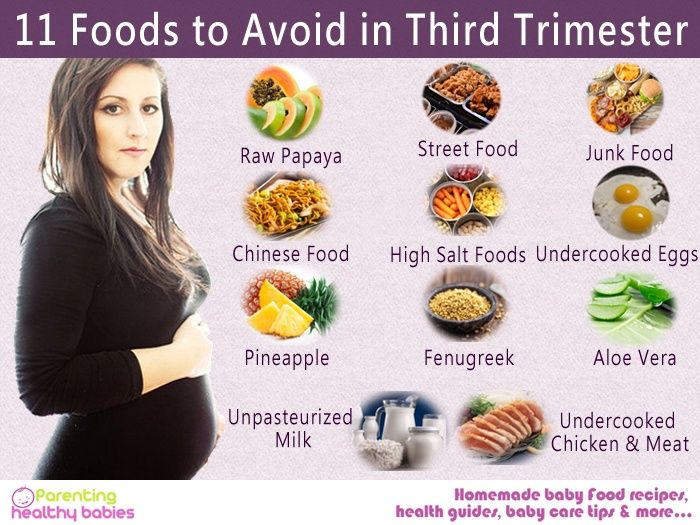 Or he has a low level of hemoglobin, which indicates a lack of iron in the body. Only then can you afford the weakness to persuade the child to eat the product he needs. Try to come up with different games at the table, or just make something unusual out of the dish to draw the child's attention to food.
Or he has a low level of hemoglobin, which indicates a lack of iron in the body. Only then can you afford the weakness to persuade the child to eat the product he needs. Try to come up with different games at the table, or just make something unusual out of the dish to draw the child's attention to food.
Preschooler's diet: recommendations for parents
Since the child stopped eating mother's milk, cereals and mashed food, he sits with everyone at the common table, armed with a spoon and fork, he eats and drinks himself. But what are the features of his diet?
Principles of baby food
Far from all foods that are eaten not only by his parents, but even older brothers and sisters are suitable for a preschooler. Small child's menu consists of more easily digestible foods prepared for the delicate and still immature digestive system.
Also, young children have a different need for the energy value of food.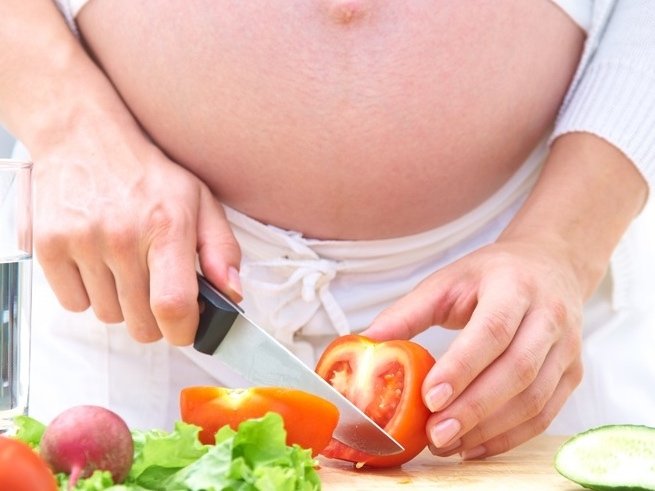
To organize the proper nutrition of preschoolers, parents should be guided by the following principles :
- adequate energy value,
- balance of nutritional factors,
- compliance with the diet.
The table should be varied and tasty food prepared in compliance with sanitary standards.
The diet of a child from three to seven years old necessarily contains meat, fish, dairy products, pasta, cereals, bread, as well as vegetables and fruits. At least three-quarters of the diet should be warm and hot food.
Do's and Don'ts
The source of protein - building material for a rapidly growing organism - are meat, eggs, cottage cheese and fish. For the nutrition of preschoolers, lean veal, chickens, and turkey are considered the best meat. Of the fish, cod, pike perch, pollock, hake, saffron cod and pink salmon are most preferable.
Delicacies, smoked meats, caviar and other "holiday" dishes are better to give on holidays - they irritate the mucous membrane of the stomach and intestines, but are not of great value.
Contrary to popular belief, fried foods can be given to young children, although boiled or stewed foods are best. Cutlets and meatballs can be fried, but not too much - the fat on which they are fried can cause heartburn. Where better to steam them or in a sauce.
What and how much
Every day the child should receive milk and dairy products - kefir, fermented baked milk, low-fat cottage cheese and yogurt. They can be prepared for breakfast, afternoon tea or dinner, used both in their natural form and in casseroles, sandwiches and desserts.
Vegetables, fruits and juices from them are also required daily by the preschooler. For good nutrition, a preschooler needs 150–200 g of potatoes and 200–250 g of other vegetables per day. Among them are radishes, lettuce, cabbage, cucumbers, tomatoes and greens. You also need a lot of fruits and berries - 200–300 g fresh, plus juices and nectars. Fresh vegetables and fruits are the main source of vitamins for a child.
In addition to meat and vegetables, children need durum wheat bread and pasta, as well as fats in the form of butter and vegetable oils.
We follow the regimen
For a child to eat well, food must give him pleasure. Cabbage and porridge cause no less joy than a piece of cake, if both are equally tasty and beautiful. Children love interestingly designed dishes from a variety of products. In addition, it is very important to observe the food regimen . If a child eats too infrequently, at long intervals, his mental and physical abilities decrease from hunger, and the desire to eat more heartily can become a bad habit. If the child eats too often, his appetite worsens, he does not have time to get hungry.
Four meals a day are considered optimal: breakfast, lunch, afternoon tea and dinner. The calorie content of meals should be distributed as follows: 25 percent of the daily allowance is for breakfast, 40 percent for lunch, 15 percent for afternoon tea and 20 percent for dinner.
A child attending a kindergarten most often eats there three out of four times. At home, he only gets dinner. It makes sense for parents to take a copy of the menu for the week in the garden so as not to cook for dinner what the child has already eaten that day.
Also keep in mind that not all foods need to be given to children every day. So, in the list of products for every day are milk, butter, bread, meat and fruits. But fish, eggs, sour cream and hard cheese are enough to get every two or three days.
Desires and safety
Young children should prepare food in a way that is safe for them. The kid can choke on a piece of meat, so it is better to cook it, after chopping or grinding it into minced meat.
Vegetables can be boiled and chopped, cooked from them casserole, meatballs or pancakes. When cooking, you need to carefully select all the bones from the fish so that the baby does not choke.
What if the child does not want to eat certain foods? First, try to find out why he does not want to eat them. Before you offer food to your baby, try it yourself. Maybe it just doesn't taste good to him.
Before you offer food to your baby, try it yourself. Maybe it just doesn't taste good to him.
Change the recipe, add something else to the product, or, conversely, add it to some other dish. Do not force the child to eat by persuasion, and even more so by threats - this can only achieve complete disgust. The finishing touch
Not to be missed drinks . The child can be offered tea, compote, jelly, fruit and vegetable juices and nectars, decoctions of berries and milk. However, the composition of all drinks should be controlled - with the exception of pure drinking water.
Pay special attention to the amount of sugar. For a preschooler, the daily allowance is 50 g. A standard can of sugary fizzy drink contains about a week's worth of sugar, so it is better to exclude such drinks altogether or allow them in small quantities and very rarely.
In conclusion, cooking a child separately often means doing double work. So following the principles of rational nutrition for a baby is a good reason to eat healthy food for adults as well. Reduce the share of spicy, fried and fatty foods on the table in favor of vegetables, fruits and healthy drinks.
So following the principles of rational nutrition for a baby is a good reason to eat healthy food for adults as well. Reduce the share of spicy, fried and fatty foods on the table in favor of vegetables, fruits and healthy drinks.
When a child refuses to eat.
When a child refuses to eat. But here’s what’s surprising: when they start checking the health of such a small child, it most often turns out that he doesn’t have any disease and that it turns out that it’s not about him at all, but about the parents themselves, or rather, about their attitude to food Here are some examples borrowed from practice.0005 Example 1. A thin boy of about six enters the office, with his mother and grandmother. Hello. Sit down please. Tell me what happened. From the mother's story, a rather familiar picture emerges: the boy does not eat well, nothing helps him, he has been to many doctors, the tests are all right, the x-rays are also. - Advise, doctor, what should we do. - With whom the boy is always with; with you or grandma? - I'm working. Almost all the time Yura is with the mother of our paw, with Antonina Ivanovna. — Then, Antonina Ivanovna, tell us in detail how and what you feed the boy and how he behaves while doing so. In asking such a question, frankly speaking, the doctor hoped to hear that the grandmother was forcibly stuffing Yura and thereby brought him to a deep disgust for food, as happens most often. But no, nothing like that was said. And then the doctor suddenly had an idea. Yura and grandmother are very similar to each other - thin, fit. And mom with a tendency to be overweight. Isn't there a clue here? And then the doctor asked Antonina Ivanovna how her son, Yura's father, ate in childhood. — What are you, exactly the same! The guys in the yard always called him Koshchei the Immortal. How much I suffered with him - and all for nothing! One could put an end to this and give appropriate recommendations, but the doctor decided to ask Yura's mother as well: — And how do you feed the boy when he stays with you for the weekend? — How? Very simple. Everything fell into place after that. The doctor tried to explain to his mother that Yura had a hereditary form of loss of appetite and there was nothing to worry about. Grow up and be just like his father. But as for force-feeding, here the grandmother is absolutely right: let her eat as much as she can. Example 2. Fairy tales live in a grandmother's bundle. “Grandma, untie it, I’ll take a look at them at least with one eye,” asks five-year-old Mitya. 9cut through the magic pike pulled out; The fox wanted to carry away the blue seas, but it didn’t work out. He pecked at semolina and millet porridge - so he defeated the fox. In the eyes of the grandson - delight. Courage is courage, but in a grandmother's way it comes out: without cabbage soup and porridge, enemies cannot be defeated. Example 3. The only child in the family, Dimka got used to parental concessions and turned into a little "dictator". The defect of education also affected the attitude to food. The love for “yummy” intensified, and the appetite for everyday food disappeared. A smart word, clothed in a fabulous form, gave positive results. As you can see, here everything went without any special interventions from medicine and came down to ordinary pedagogy. The experience of children's doctors shows that most often children's appetite decreases as a result of improper care and upbringing. A mother's heart and mind, sensitive to a child's misfortune, are sometimes able to find the most incredible solutions. For every child, regardless of age, the color and design of the dish are of great importance ; therefore, efforts to prepare breakfasts, lunches and dinners should not be reduced to caring for taste and aroma. Appetite is caused by bright, attracting multi-colored, festively decorated dishes. You should always pay attention to table setting. White tablecloths and napkins, dishes painted with cheerful patterns create an atmosphere of delicious and healthy food. Do not pass by the observant eyes of the guys and such "details" as the thickness of the pieces of bread, the size of the portions. A child, especially a small child, always calls fright plate filled to the brim. Of great importance for the rational nutrition of a child is menu planning, -It is important to remember that taste habits, as mentioned above, are born in each person somewhere before the age of five. At the same time, an overly monotonous diet can already play a cruel joke on appetite. If you feed your child, for example, the same cereals, they will eventually become boring and her baby will refuse to eat. Isn't that why some adults with a shudder recall the time when they were fed mainly with porridge. It is known that out of hundreds of foodstuffs, only bread has escaped staleness. Hence, the skillful combination and alternation of various dishes will not only preserve their taste interest for life, but also help to avoid the decrease in appetite that is observed in some children on this basis. There are many other ways to fight poor appetite. And here it would be appropriate to recall the positive impact that the children's team can have on such a child. In each kindergarten troupe there are many children who can eat with great appetite. And a good example can be contagious. Or, for example, a proud boy or girl, appointed as the group's duty officer, that is, the main assistant to the educator, will not dare to refuse dinner, for which they themselves set the table. Thus, in every children's team there are hidden huge opportunities for psychological impact on the child. To maintain a normal appetite, it is also important that the child spends more time and more often in the open air, playing outdoor games, joining sports and work. The well-known Soviet teacher V. A. Sukhomlinsky, who spent a lot of time raising children of preschool age, noted: “... the main reason for the weakness and sickness of individual babies was that they lived, as it were, in a greenhouse environment; mothers protected them from the slightest breeze. The children, together with their teacher, took daily walks, first 2-3 kilometers long, and then 4, 5 and 6 kilometers long. In their travels they learned a lot of new things and felt like pioneers of the world. Their physical condition has also changed. V. A. Sukhomlinsky wrote: “In the open air, after several kilometers have been covered, children develop, according to their parents, a “wolfish appetite”. On the days when the little ones and I were going to the forest, I advised them to take bread, onions, salt, water, and a few raw potatoes with them. Parents at first doubted: will the children eat it? After all, at home they refuse more nutritious things. But it turned out that bread, and onions, and potatoes in the forest are the most delicious food. And besides, the guys developed an appetite, and they gladly ate at home a bowl of soup or borscht offered to them. A month later, the cheeks of the palest babies turned pink, and the mothers could not boast of the good appetite of the children: the whims disappeared, the children eat whatever they give. Parents must also strictly follow the daily routine of the child. This is not a whim of doctors and teachers, but a scientifically based recommendation. Deviation from the set time should not exceed 16-30 minutes. This has both physiological and psychological significance, because if the intervals between meals are observed, the child regularly experiences a feeling of hunger, accompanied by an increase in the secretion of gastric juice, and an interest in eating is also developed. Keeping the same intervals between feedings gives the body enough time to digest the food. Punishing children for poor appetite , being offended by them, parents often forget that they spoiled their pets with sweets, soft buns before breakfast, lunch or dinner. It's no secret that adults; going to visit, they store sweets, chocolate and other goodies for the kids. Meanwhile, feeding after school hours and sweets in themselves cause a breakdown in appetite and disrupt the rhythm of the digestive glands, achieved by observing the regimen. If the child wants to eat, it is better to offer him a carrot, an apple or, in extreme cases, an independent vegetable dish between feedings. If he ate poorly at breakfast or dinner, parents need to gather all the will and for the child's benefit to endure the character: remove everything from the table and give nothing until the next meal. Forced fasting can wean a child to be picky at the table. The main causes of poor appetite in children Poor appetite or personality traits Perhaps refusal to eat is not a whim at all, but a consequence of poor health. Maybe he is tired? Or upset about something? Analyze what kind of daily routine and menu your children have. Often the lack of appetite is caused by the lack of an elementary regimen. If a child is used to biting and intercepting all kinds of livers and sandwiches on the run, that is, at the table a full lunch or dinner, he, of course, will refuse. Here, parents must be firm and persistent in their desire to teach the child to eat right. Make a sample menu for the day, and try to accustom your child to such a diet. Naturally, at first, your baby will refuse and stomp his feet, but only your perseverance and patience will help you succeed. Maybe he is sick? Another reason for such a phenomenon as poor appetite in your child may be the presence of worms, giardia and other parasites in his body. A cheerful child, infected with helminths, becomes lethargic and capricious. Sometimes nausea may occur. Family Attitudes In most families with children, eating is treated like a ritual . Moms and grandmothers tearfully persuade them to eat another spoonful of “For mom, for dad ...”, etc. They run around the apartment with a plate, if only the child, God forbid, does not die of hunger. Thus, causing the child to have an unhealthy attitude towards food. But food is just another need of the body, the same as sleep, rest, etc. Let your child understand that eating is the satisfaction of the needs of his body, and not your ardent desire to shove something into his stomach. Another thing is when a child does not eat well, if suffers from some kind of illness and he needs to receive certain foods that he refuses to eat.
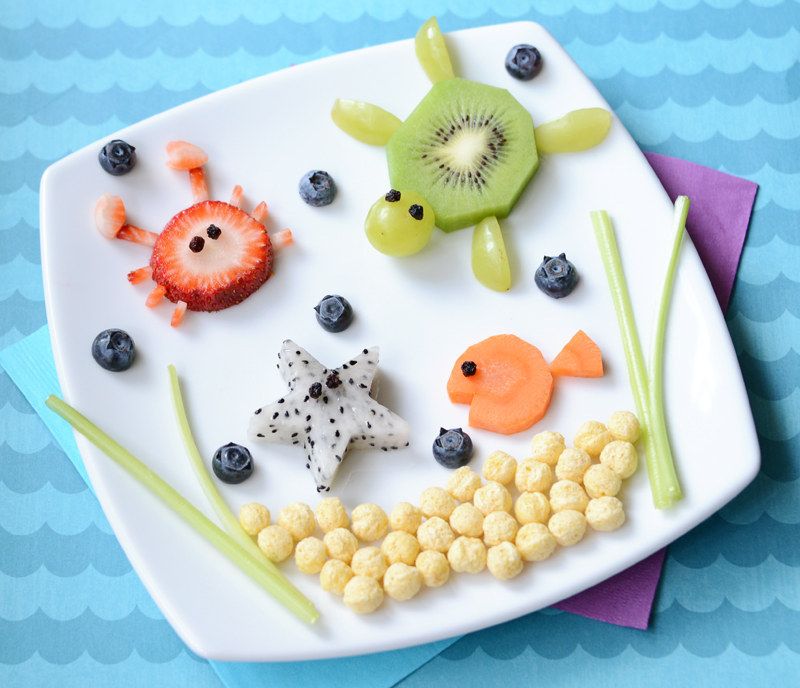 Not like Antonina Ivanovna: I make him eat everything. Another thing is that often it takes almost a whole day, and sometimes even a whole day is not enough—nothing happens.
Not like Antonina Ivanovna: I make him eat everything. Another thing is that often it takes almost a whole day, and sometimes even a whole day is not enough—nothing happens.  They will think with their grandmother, dream, and the time will come - they will wash their hands and sit down at the table. Dimka glances at his grandmother, and spoon after spoon puts food into his mouth. He wants to become Ilya Muromets sooner. And the grandmother is happy: from these fairy tales, the grandson forgot at the meal such words as “I don’t want”, “I won’t”.
They will think with their grandmother, dream, and the time will come - they will wash their hands and sit down at the table. Dimka glances at his grandmother, and spoon after spoon puts food into his mouth. He wants to become Ilya Muromets sooner. And the grandmother is happy: from these fairy tales, the grandson forgot at the meal such words as “I don’t want”, “I won’t”.  Therefore, in order to correct a reduced appetite, it may be necessary to use mainly pedagogical techniques. And here fiction and ingenuity on the part of adults are especially important. Vivid stories and unusual stories are always able to awaken in a child the desire to eat, lost due to certain errors in education. Unfortunately, not all parents skillfully use this, and many of their actions even harm the child. Do not force your baby to eat more than he wants. It is much better if you give your child a little less food than he usually eats. Then he will have a desire to get a supplement. Remember that any persuasion, storytelling, tempting promises during feeding are absolutely undesirable. All this not only distracts the child from eating, but over time it leads to the fact that an undesirable stereotype is formed in him - I won’t eat at the table without a fairy tale, I won’t sit at the table without a toy promised as a gift, etc. often this also leads to the fact that the growing child begins to imagine himself a "person" with whom everyone must reckon, who can impose his tastes and demand their unquestioning implementation.
Therefore, in order to correct a reduced appetite, it may be necessary to use mainly pedagogical techniques. And here fiction and ingenuity on the part of adults are especially important. Vivid stories and unusual stories are always able to awaken in a child the desire to eat, lost due to certain errors in education. Unfortunately, not all parents skillfully use this, and many of their actions even harm the child. Do not force your baby to eat more than he wants. It is much better if you give your child a little less food than he usually eats. Then he will have a desire to get a supplement. Remember that any persuasion, storytelling, tempting promises during feeding are absolutely undesirable. All this not only distracts the child from eating, but over time it leads to the fact that an undesirable stereotype is formed in him - I won’t eat at the table without a fairy tale, I won’t sit at the table without a toy promised as a gift, etc. often this also leads to the fact that the growing child begins to imagine himself a "person" with whom everyone must reckon, who can impose his tastes and demand their unquestioning implementation.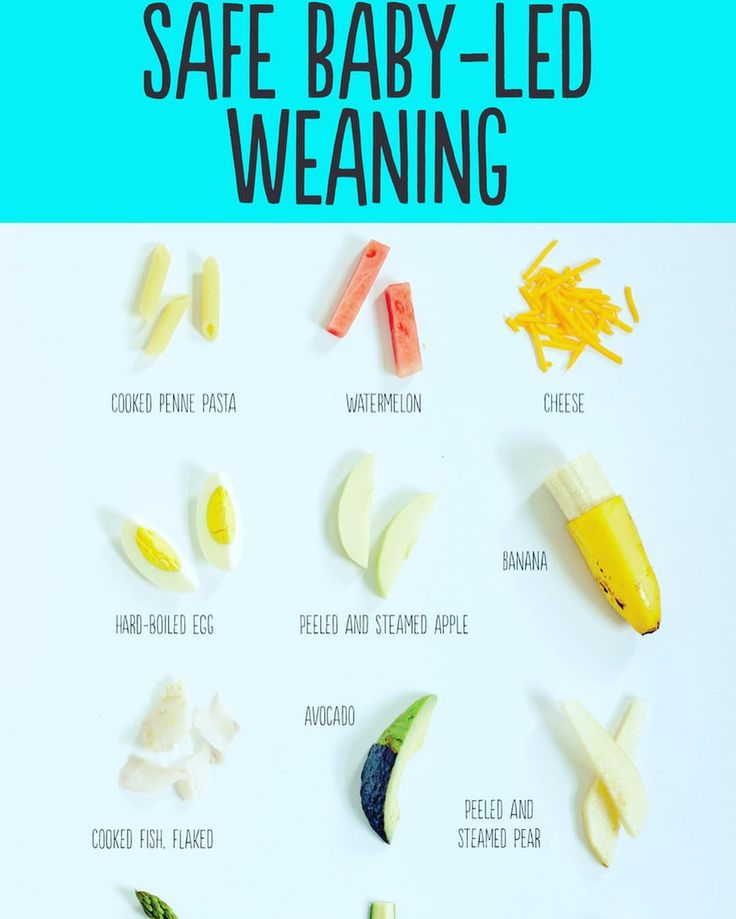 And it is not surprising that sometimes such little "dictators" bring their mothers to tears. But all this could have been foreseen in advance. But as they say, parental love is often blind.
And it is not surprising that sometimes such little "dictators" bring their mothers to tears. But all this could have been foreseen in advance. But as they say, parental love is often blind.
Of course, in the practice of a pediatrician there are cases when a long-term illness deprives a child of the joy he gets from food. The mechanism of lack of appetite in such children is explained by violations of the secretion of digestive enzymes, and especially gastric juice. In such situations, medical intervention is necessary. The child is prescribed digestive enzymes, vitamins, appetite stimulants. And all this, of course, brings the desired results. But it would be wrong, as many parents sometimes think, to rely only on the power of drugs. Great patience is required from adults, a purely individual approach to each child, especially to babies, so that aversion to food does not become a habit.  I recall one case when the mother of a three-year-old child, in vain using the medicines offered by doctors to increase her appetite, came up with the idea of feeding the baby from the shell of a hard-boiled egg. Unusual "dishes" aroused the girl's interest and desire to try food.
I recall one case when the mother of a three-year-old child, in vain using the medicines offered by doctors to increase her appetite, came up with the idea of feeding the baby from the shell of a hard-boiled egg. Unusual "dishes" aroused the girl's interest and desire to try food.  Not to mention the fact that such a plentiful dish does not comply with the rules of etiquette, it can cause a backlash - an aversion to food in general. That is why the great Russian physiologist I. P. Pavlov considered psychological preparation for eating an indispensable condition preceding the process of digestion.
Not to mention the fact that such a plentiful dish does not comply with the rules of etiquette, it can cause a backlash - an aversion to food in general. That is why the great Russian physiologist I. P. Pavlov considered psychological preparation for eating an indispensable condition preceding the process of digestion. 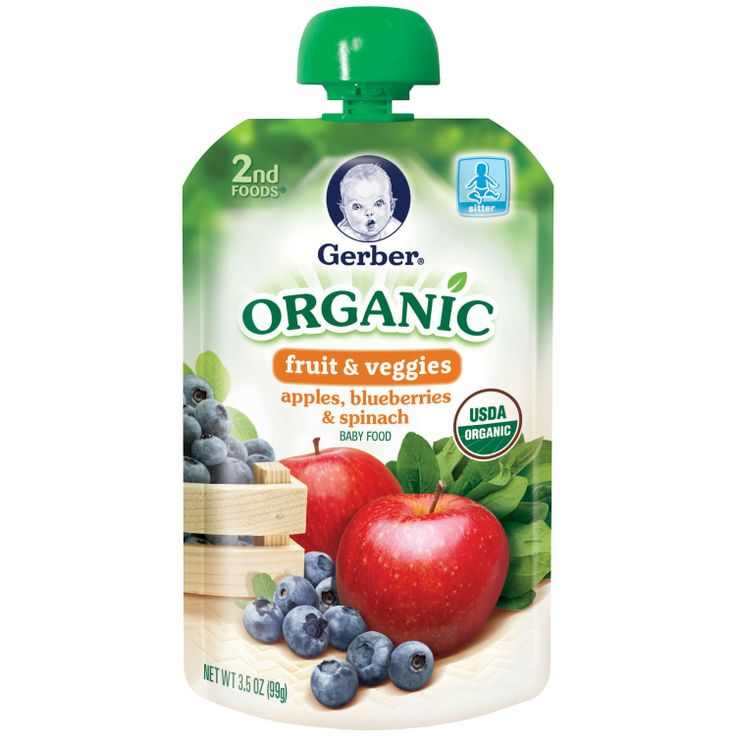
 The guys got tired quickly. Mothers complained about the poor appetite of these children.”
The guys got tired quickly. Mothers complained about the poor appetite of these children.” 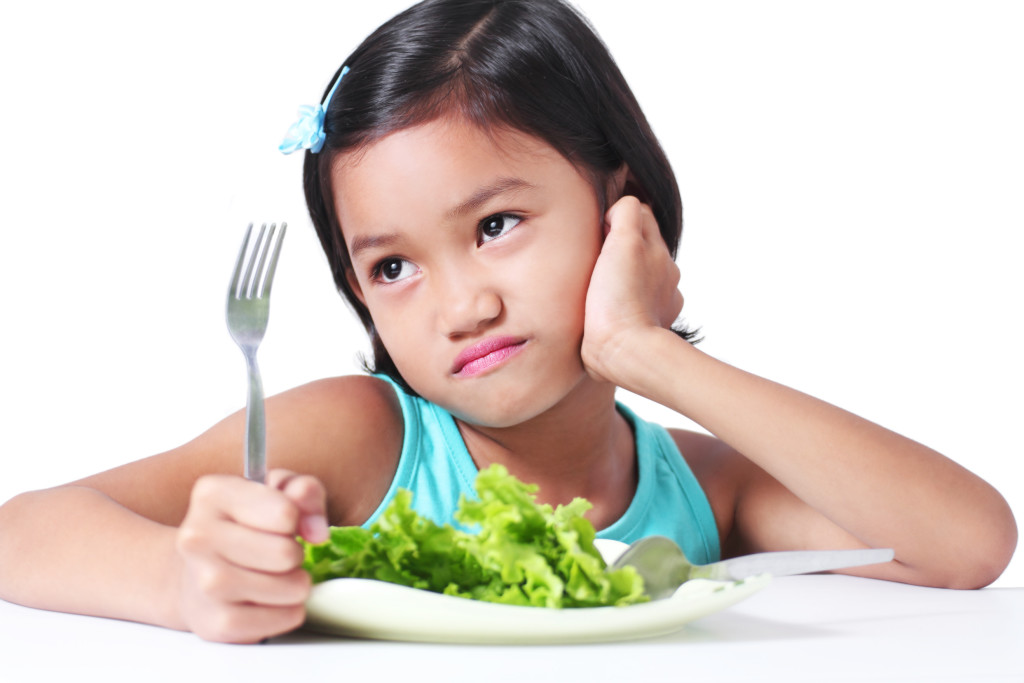
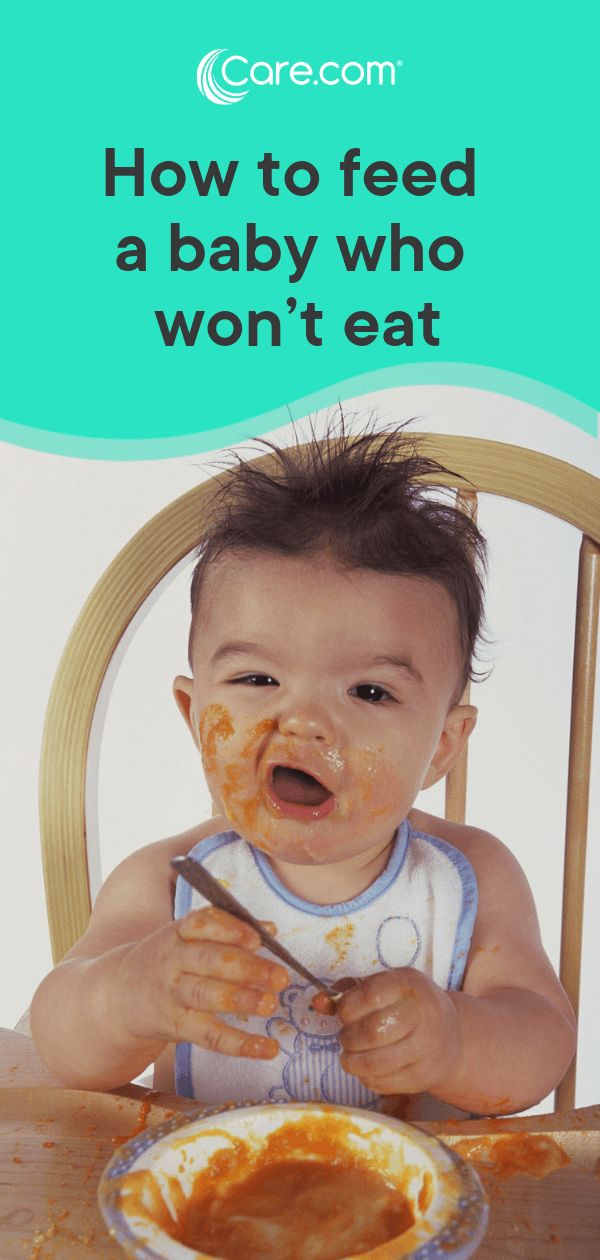
Often, parents who do not have a good appetite and who conditionally eat a bowl of soup and a slice of bread a day are surprised why their child eats little. But heredity and habits in the family probably play an important role in how your child will relate to food. That is, if your family does not eat a lot and you have a very slender physique, then, for sure, your baby will not have an excellent appetite.
Every child is different, with their own tastes, preferences, interests and behaviors that can affect their appetite. There is an interesting division of children into several psychological types, described in the book by Lyudmila Perelstein "Beware of children!". So, if you take into account the characteristics of your child, then perhaps the problem of poor appetite will not be so acute.
There is an interesting division of children into several psychological types, described in the book by Lyudmila Perelstein "Beware of children!". So, if you take into account the characteristics of your child, then perhaps the problem of poor appetite will not be so acute.
Whims at the table 
A common cause of lack of appetite in children can be beriberi . For example, poor sleep, lethargy, lack of appetite and nervousness - all this can be a consequence of a lack of vitamin B1. If a child does not receive vital substances, trace elements and vitamins, eating harmful and unhealthy food, then at any time, in self-defense, the body can refuse such food. Think about what your child's daily diet consists of. If he does not like vegetables and fruits, and his usual food consists of sausages, pasta and sweet tea, then your child may lack vital vitamins in his body. Include foods rich in vitamins in your child's diet. 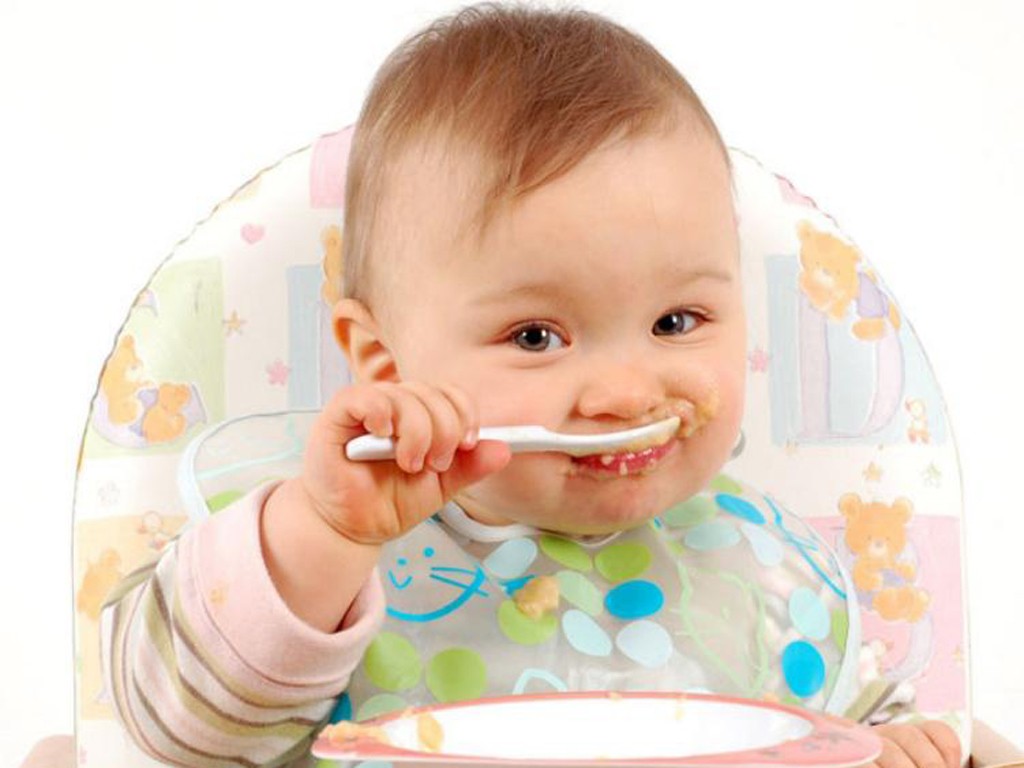 In any case, if you notice an alarming sign in your baby's behavior, consult a doctor, take all the necessary tests to be sure that your child is physically healthy.
In any case, if you notice an alarming sign in your baby's behavior, consult a doctor, take all the necessary tests to be sure that your child is physically healthy.
